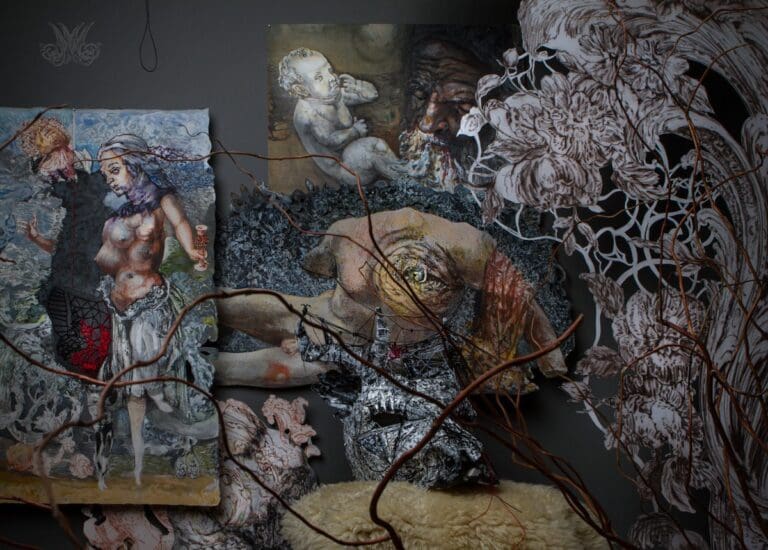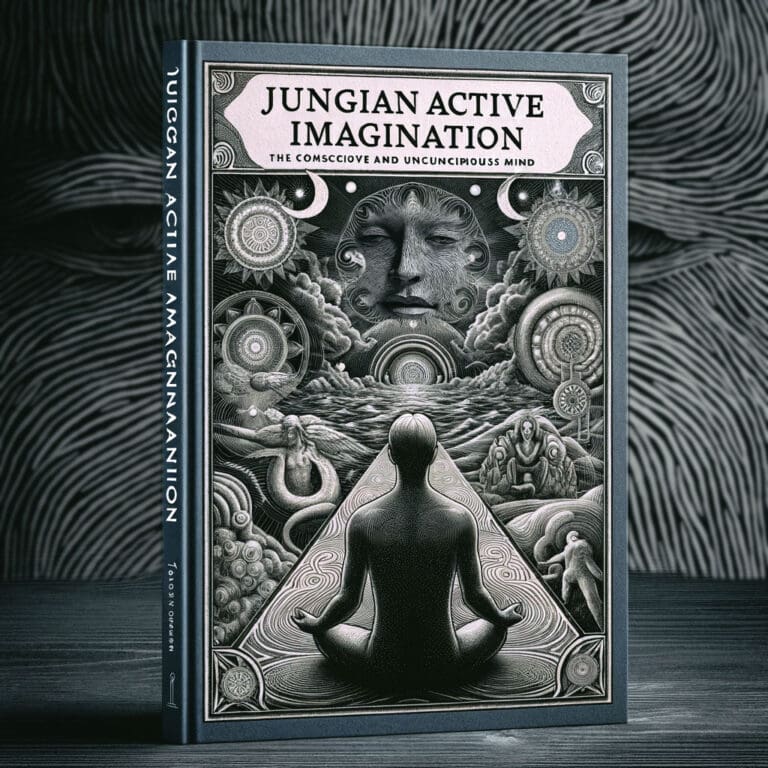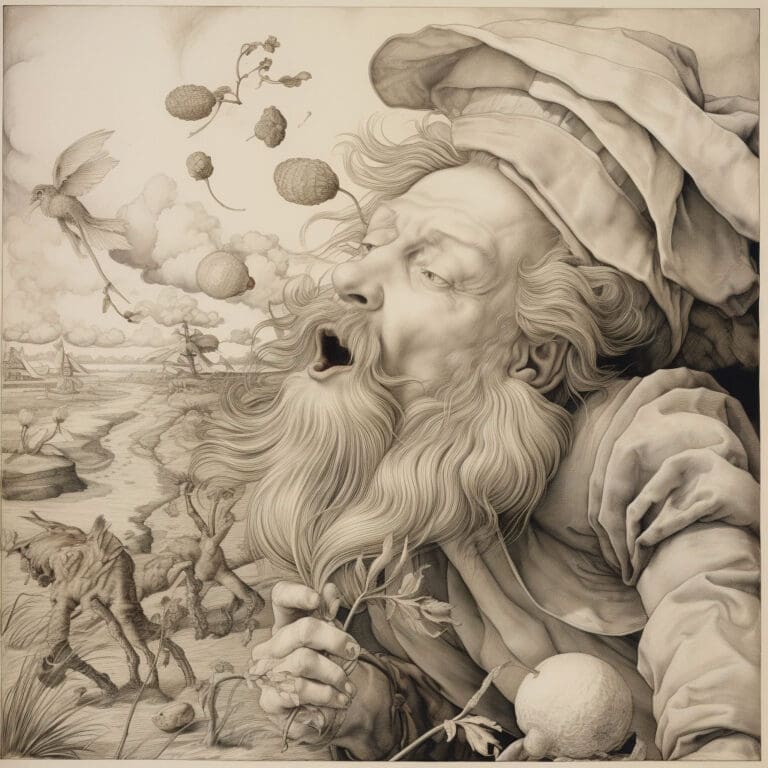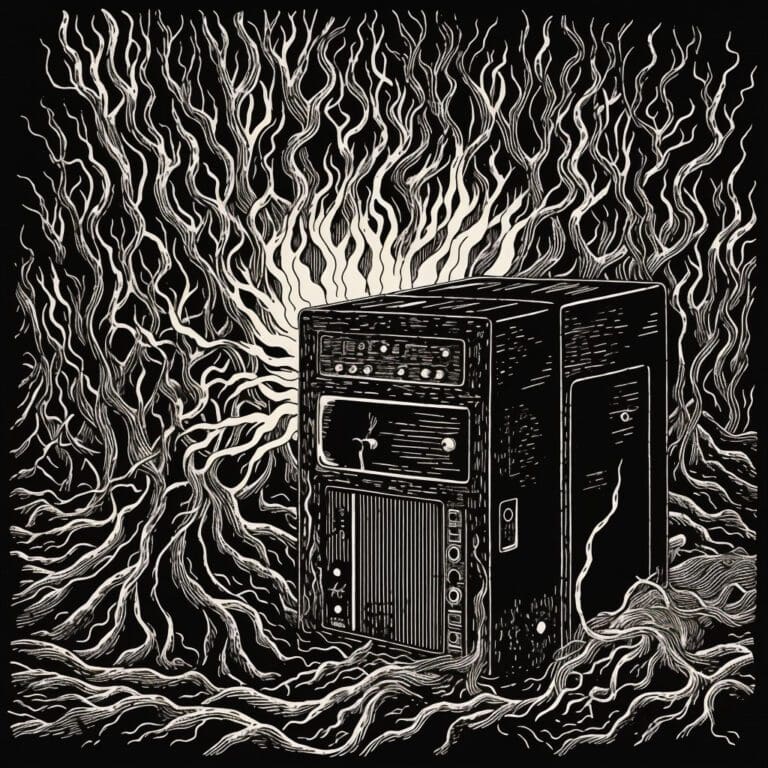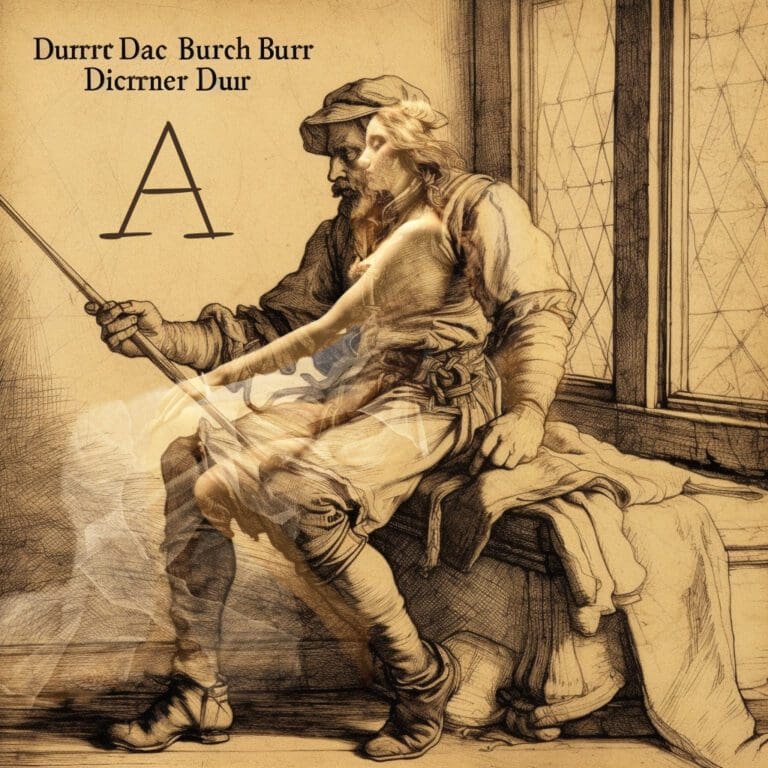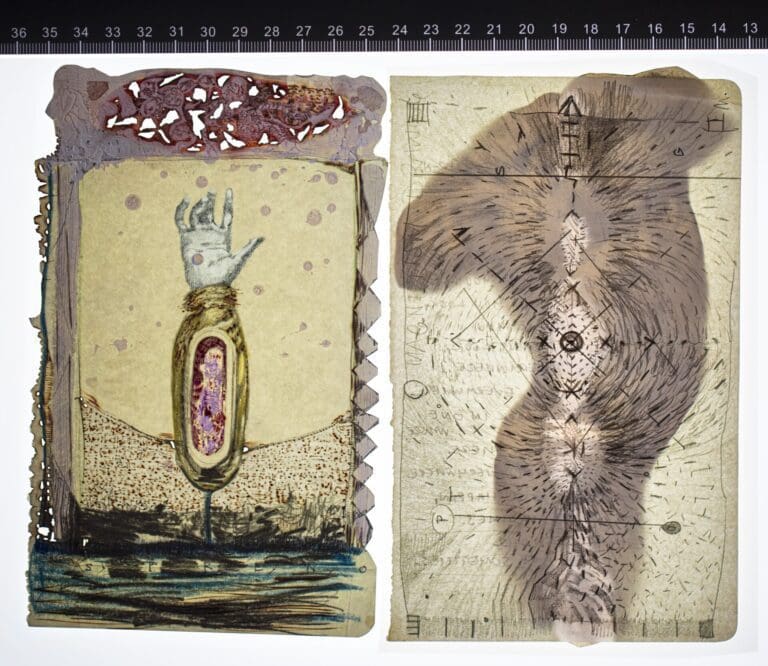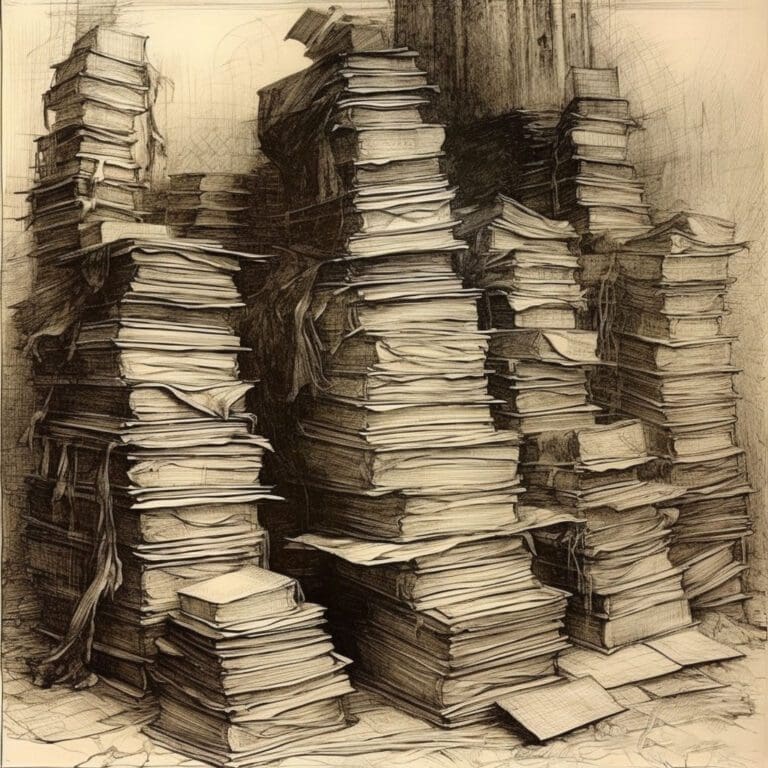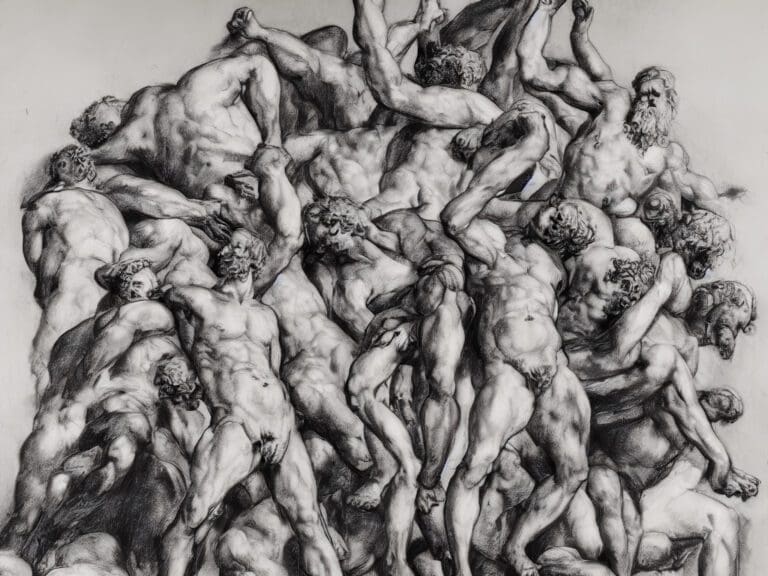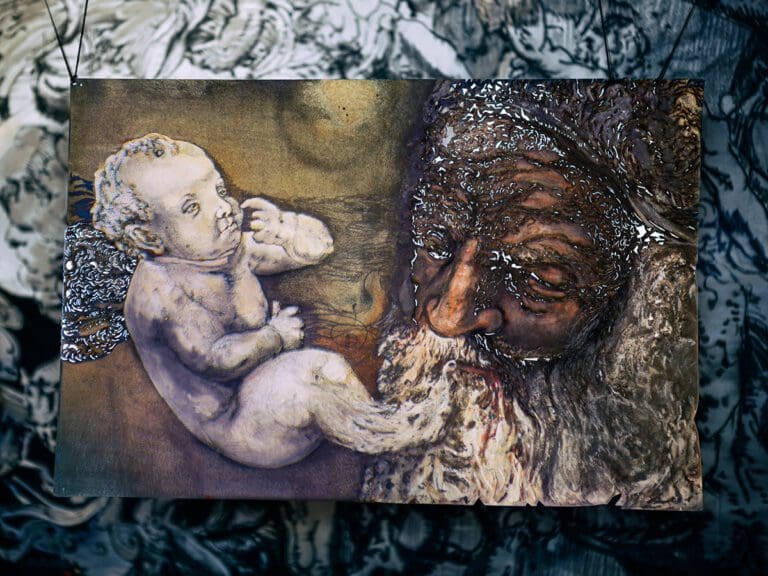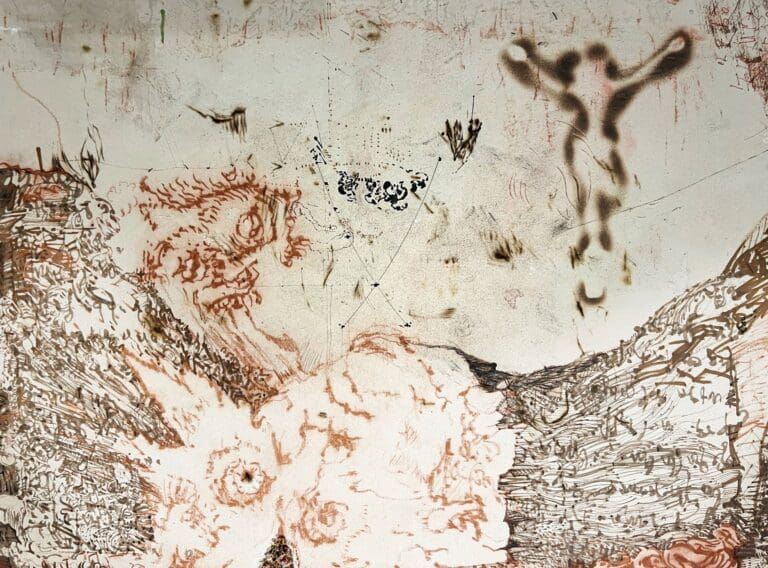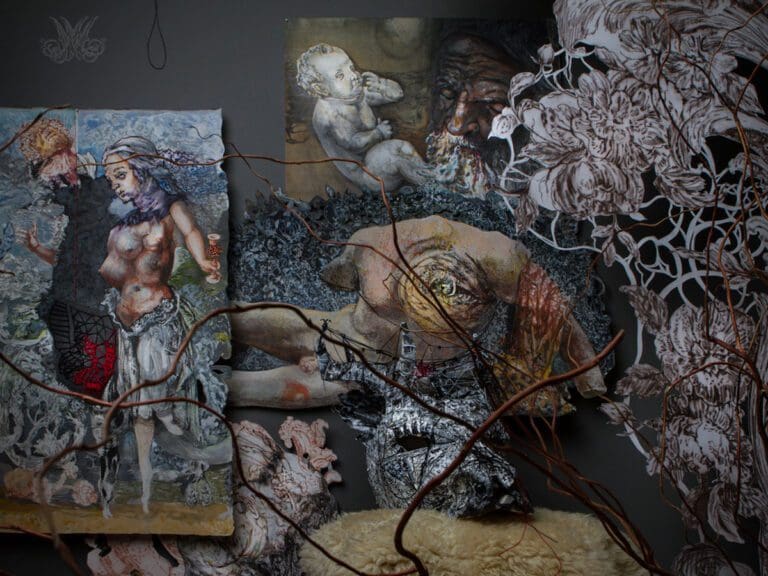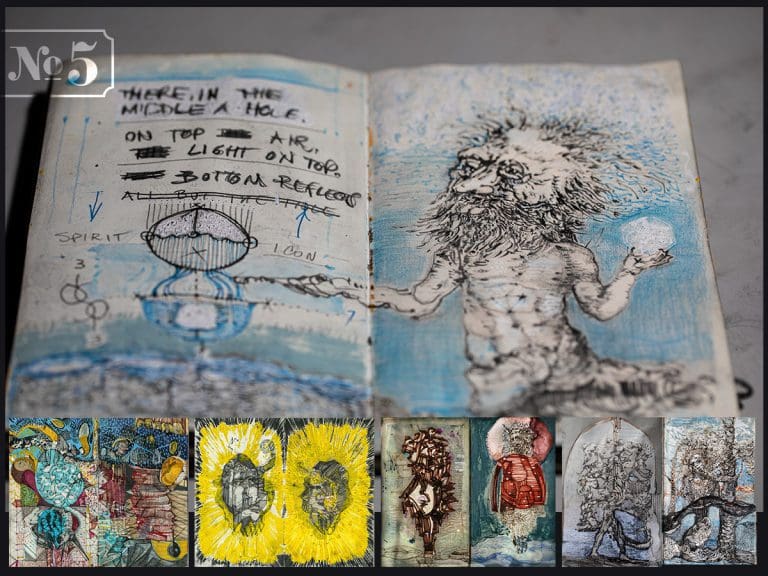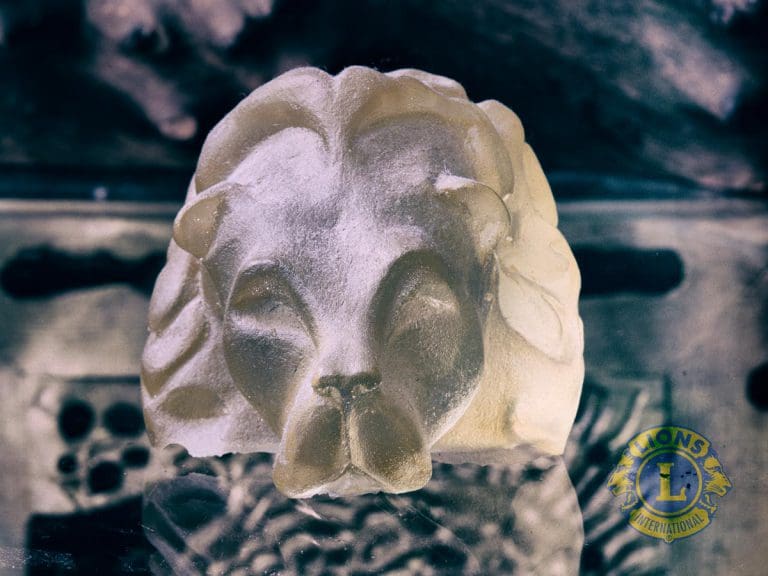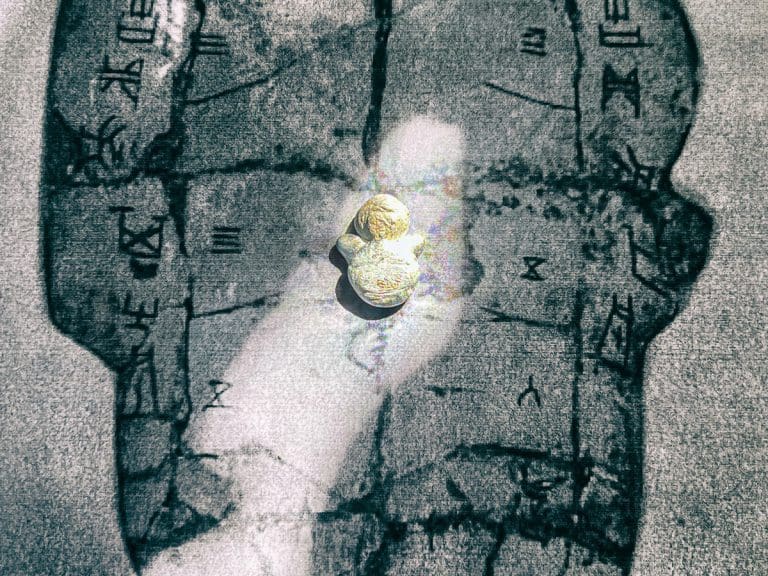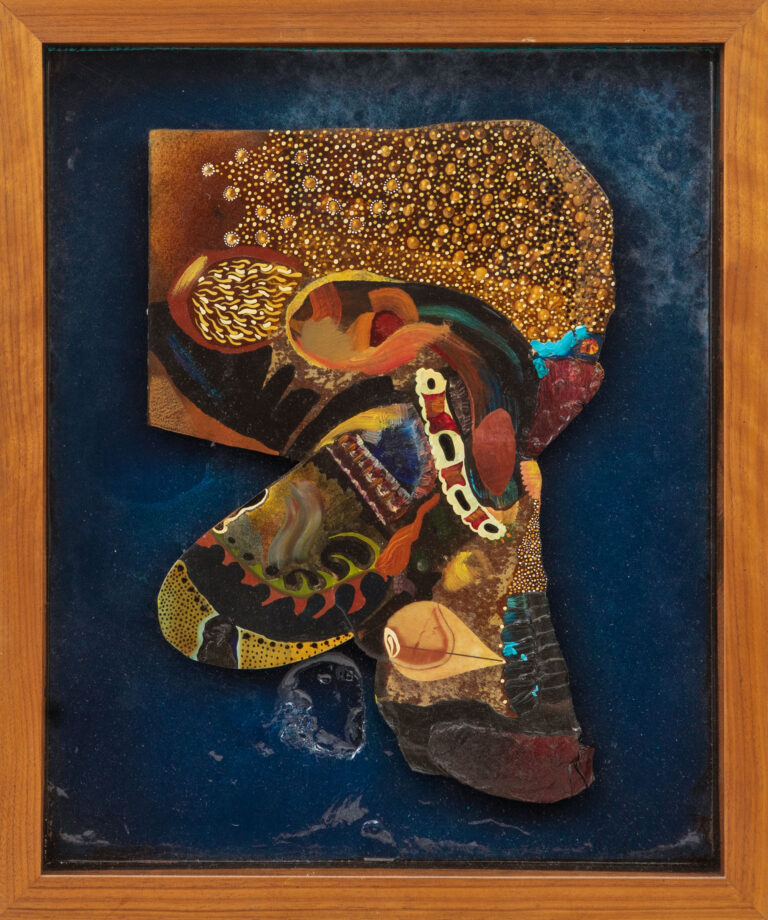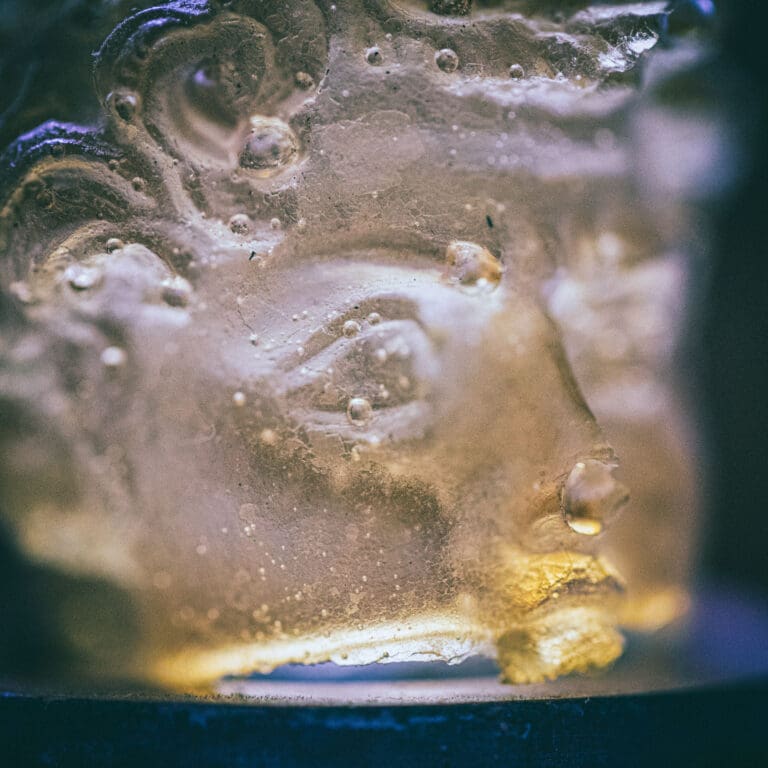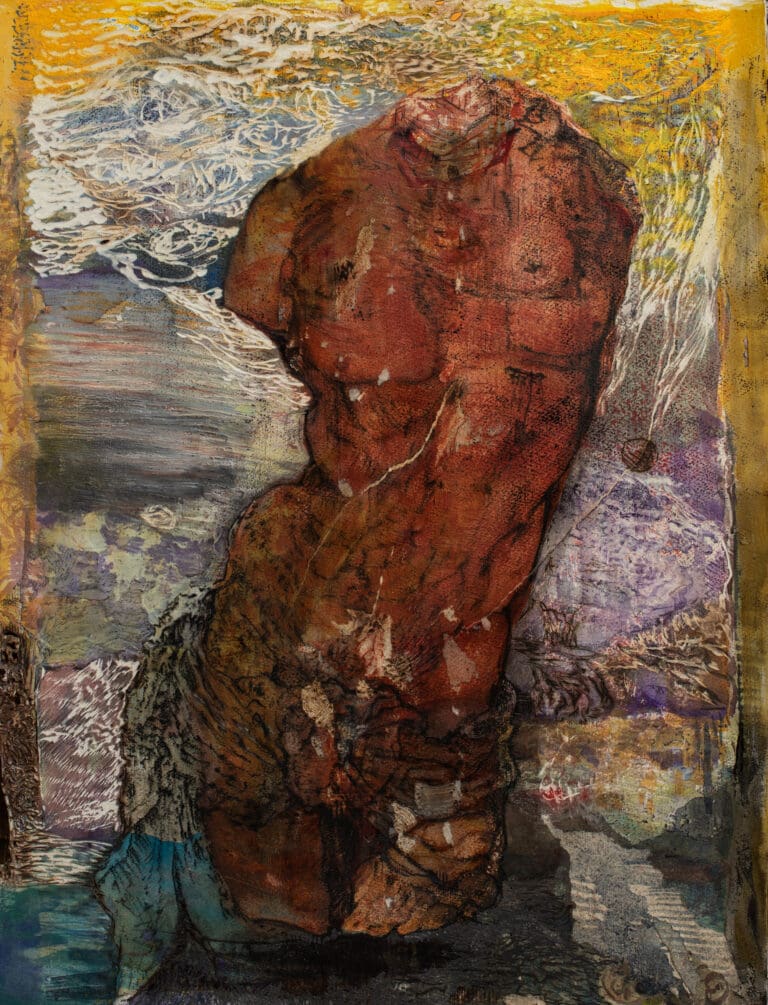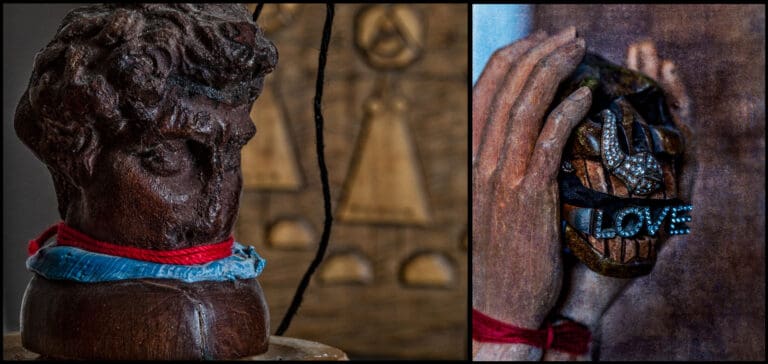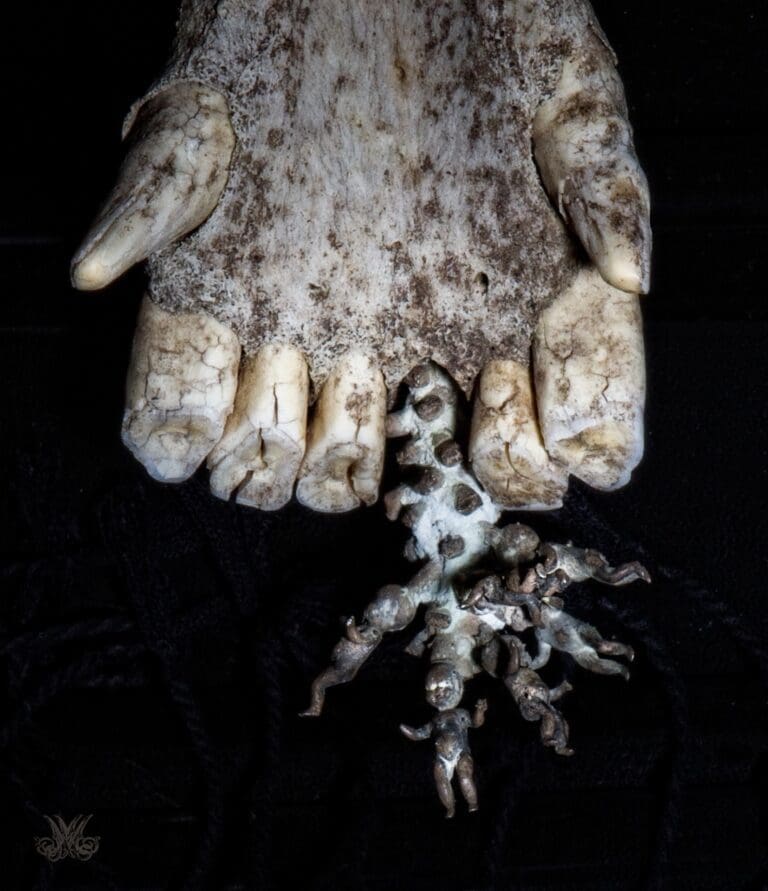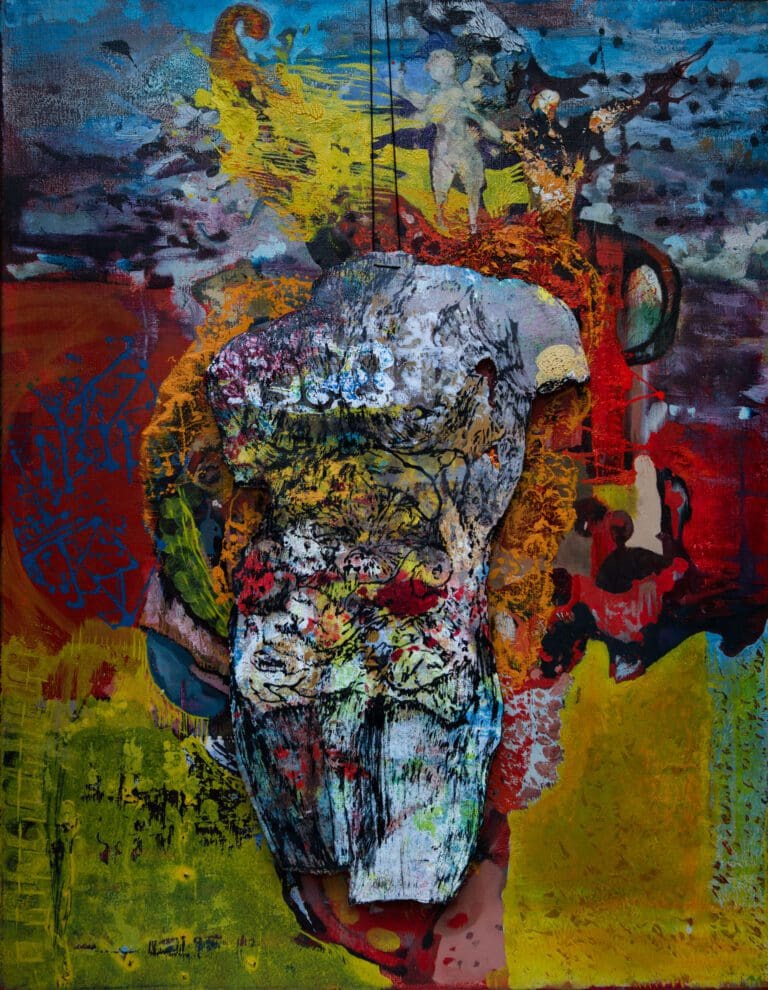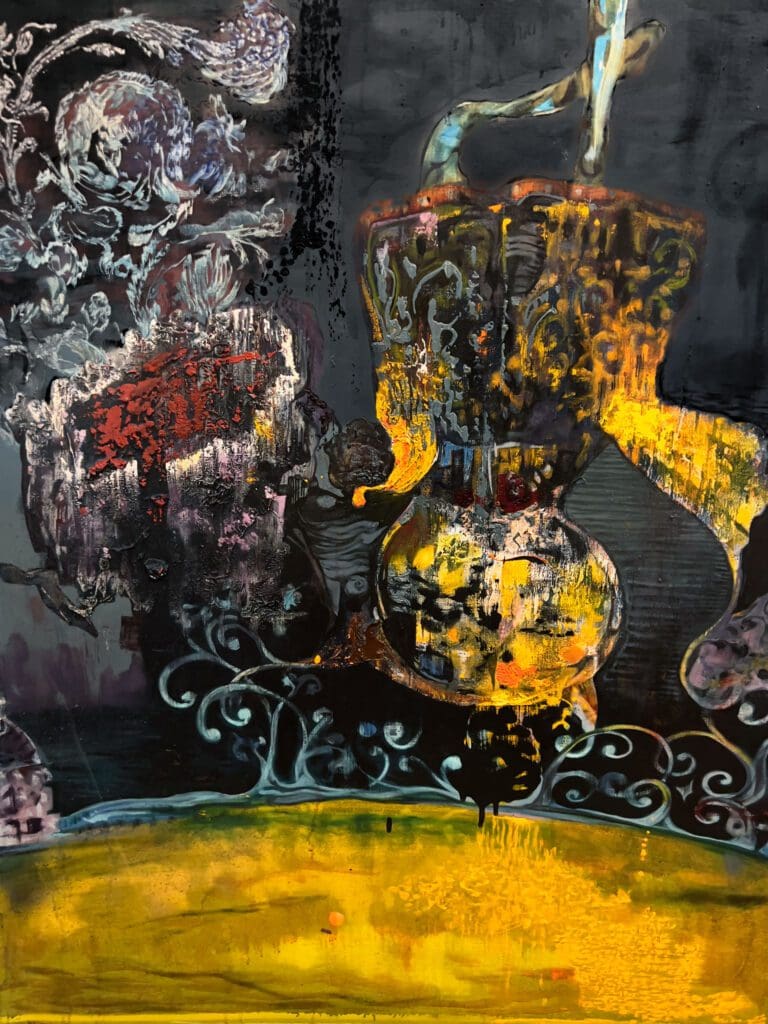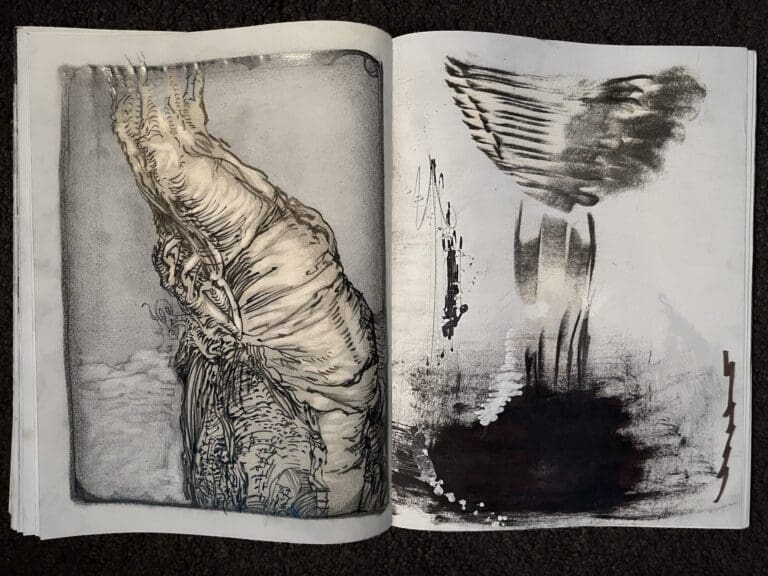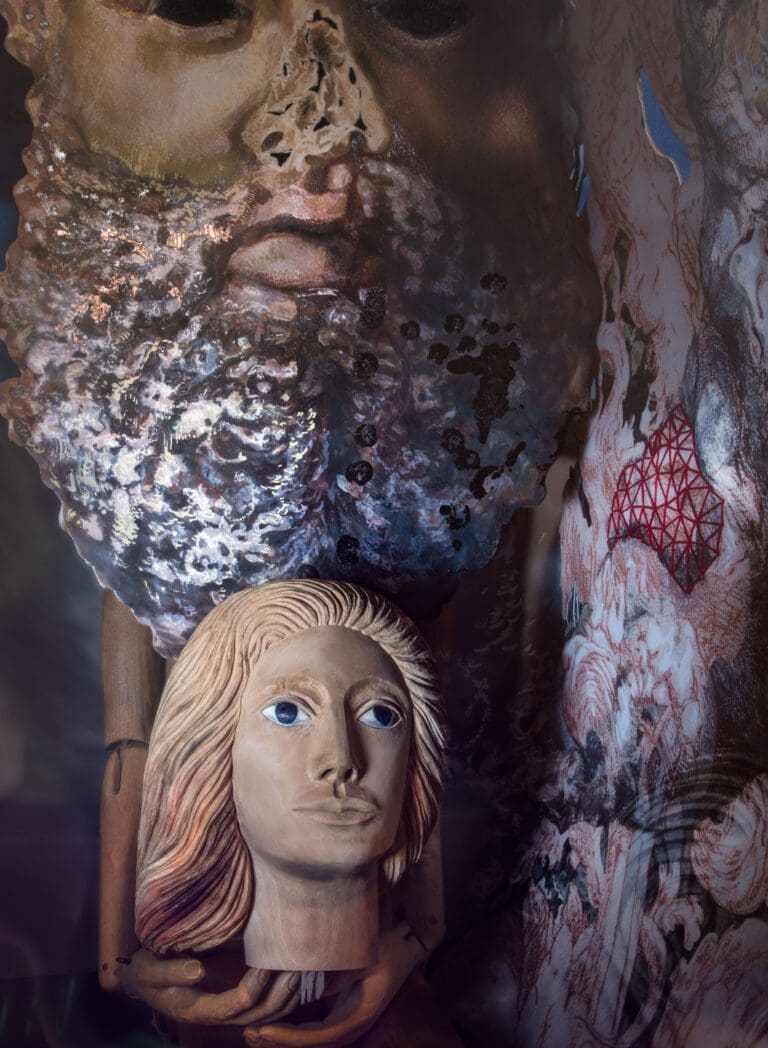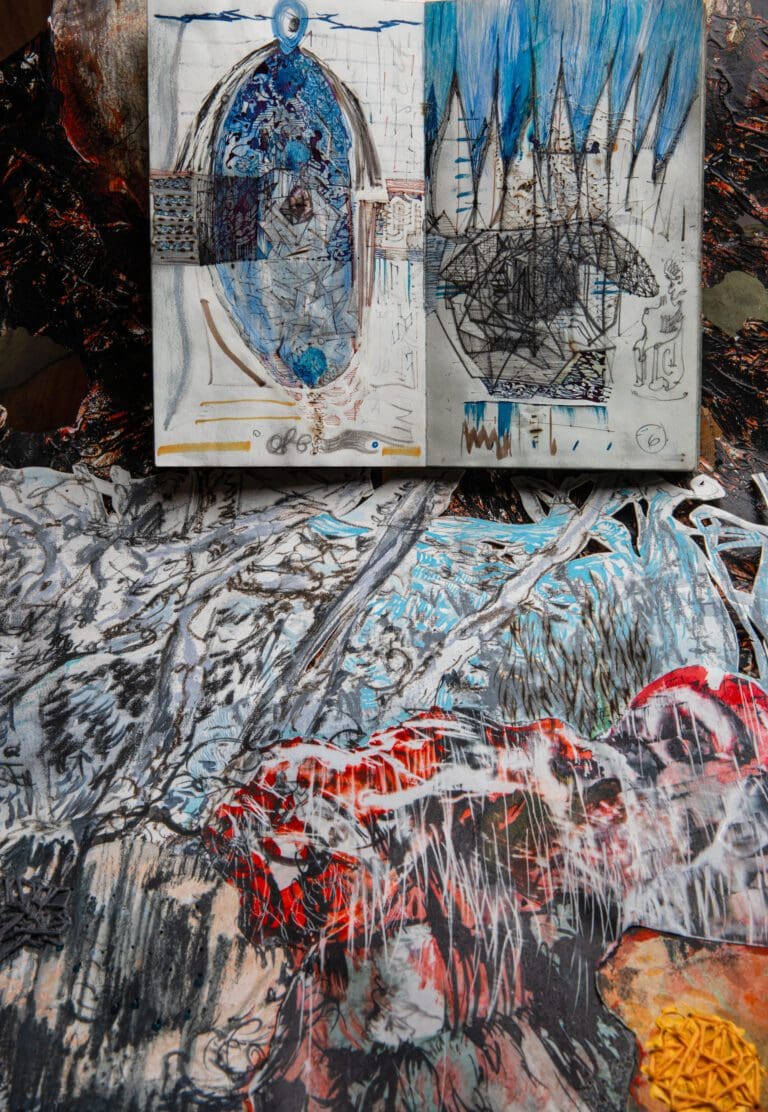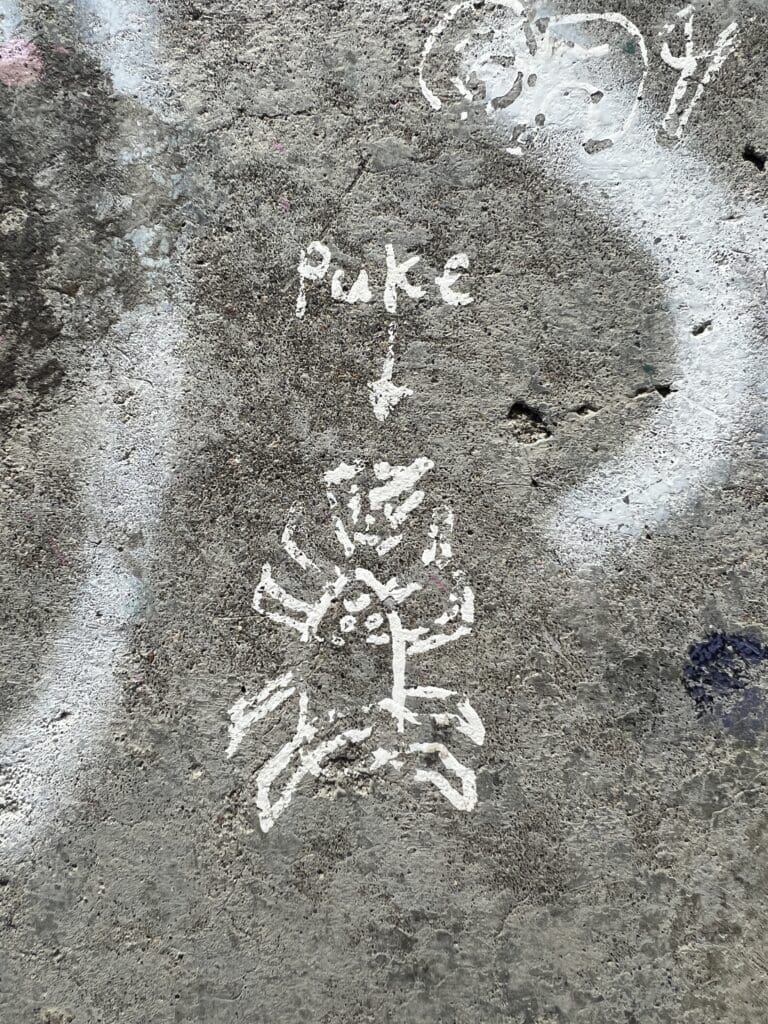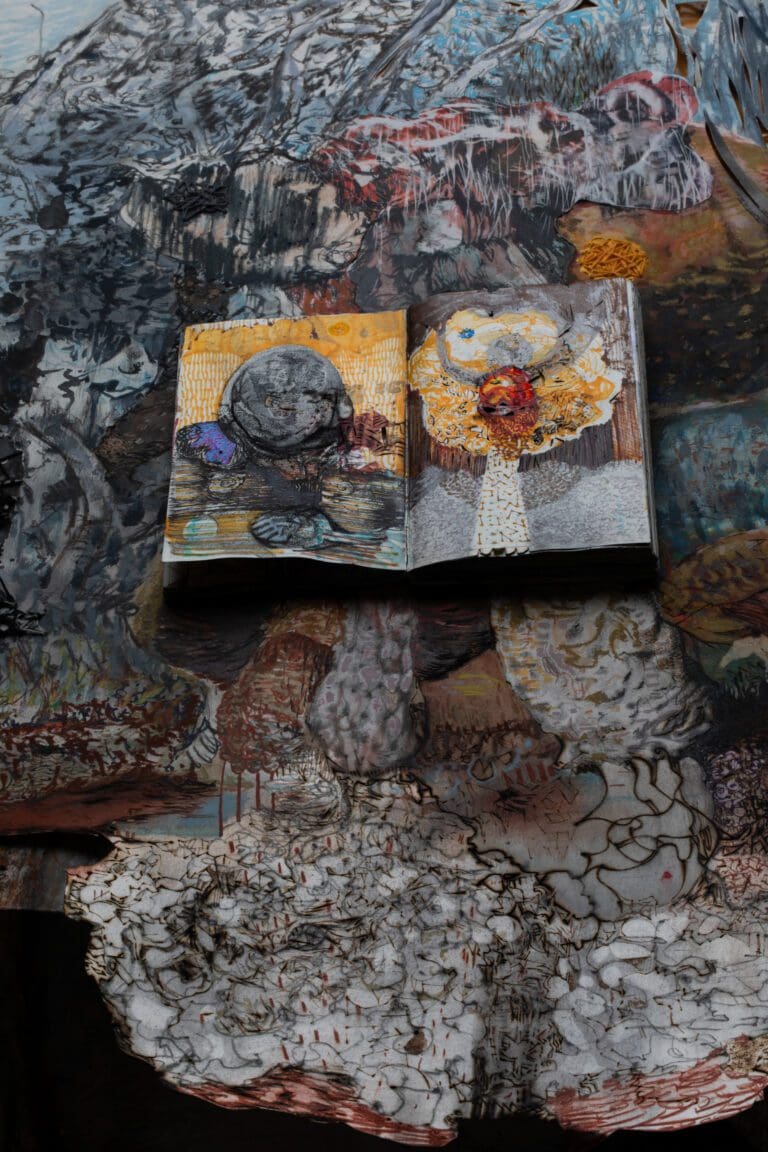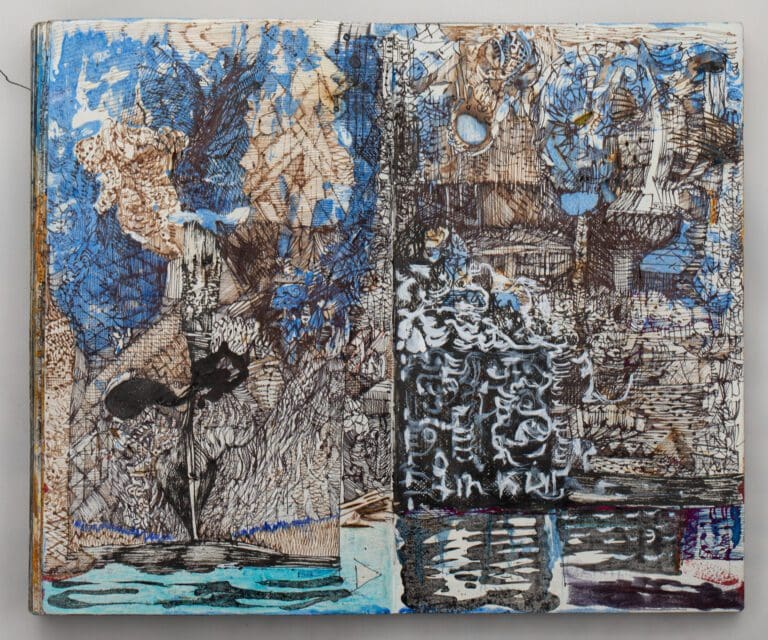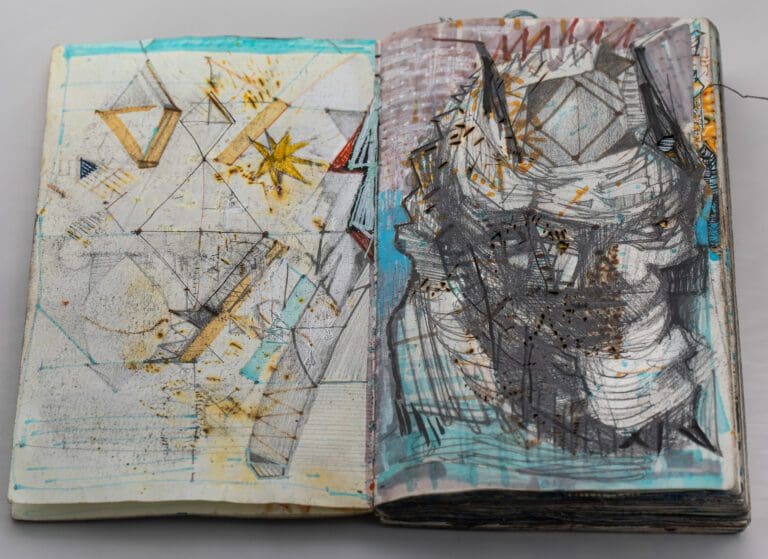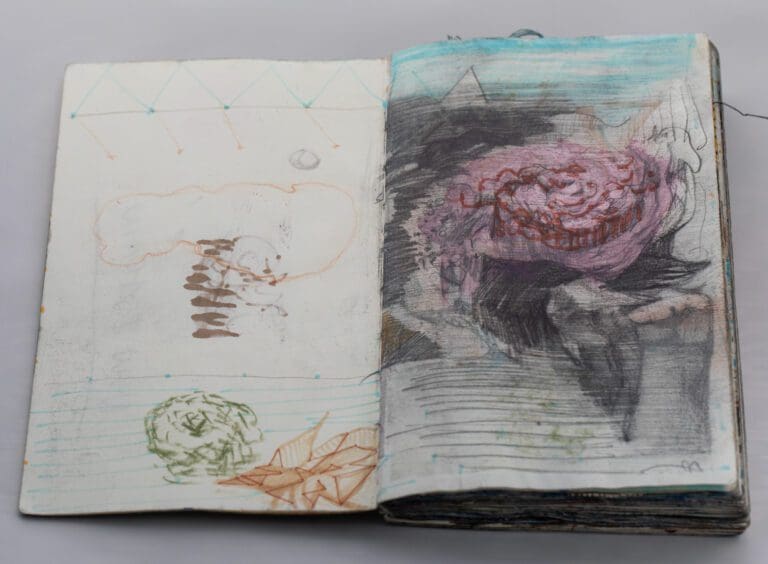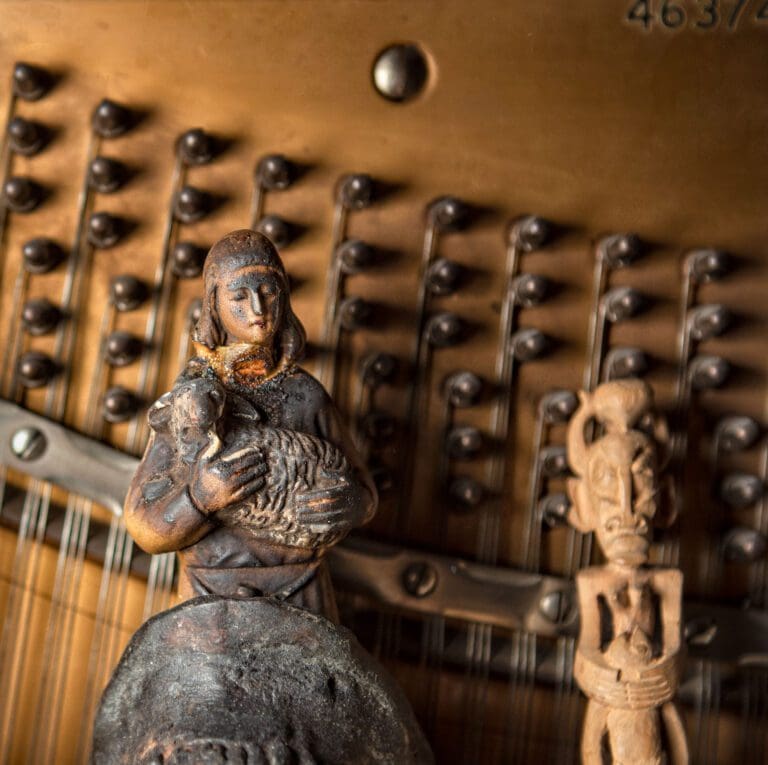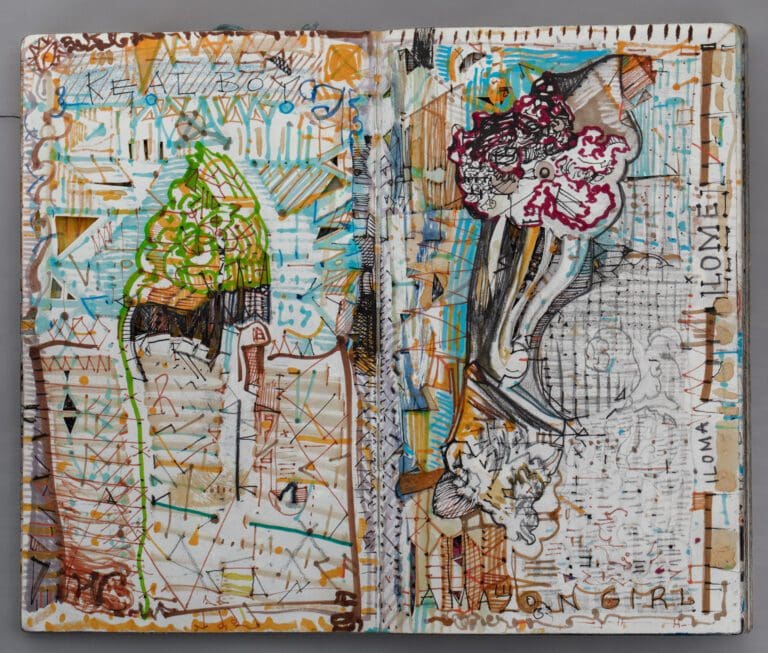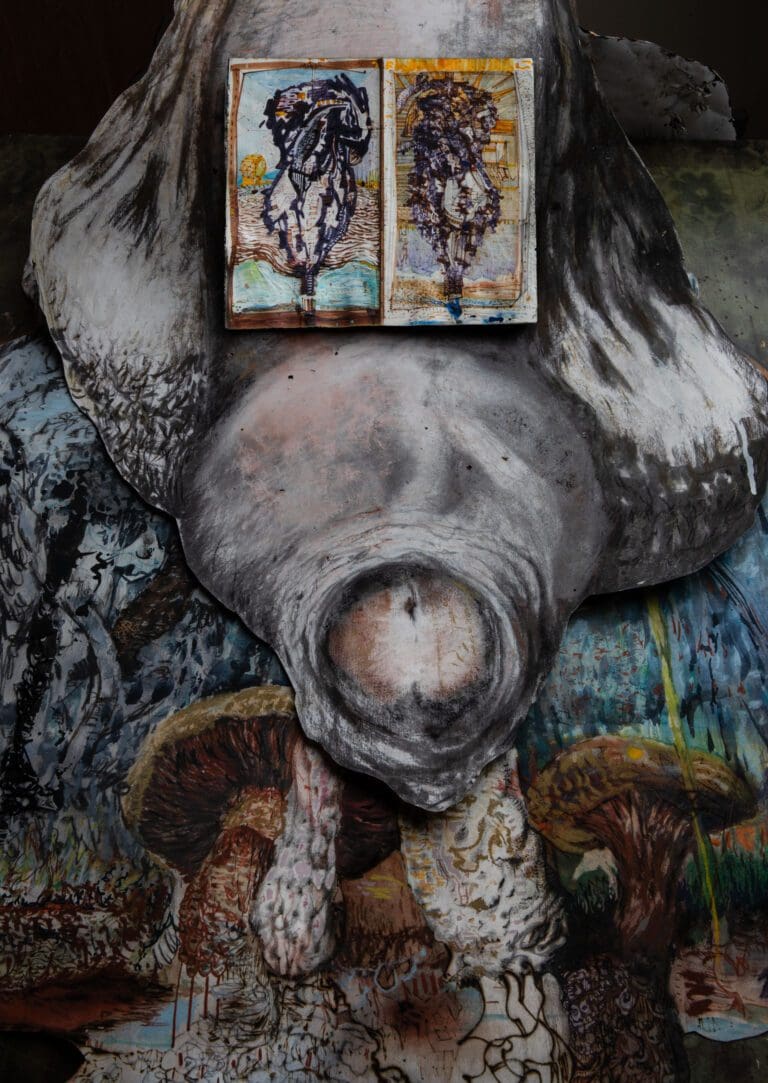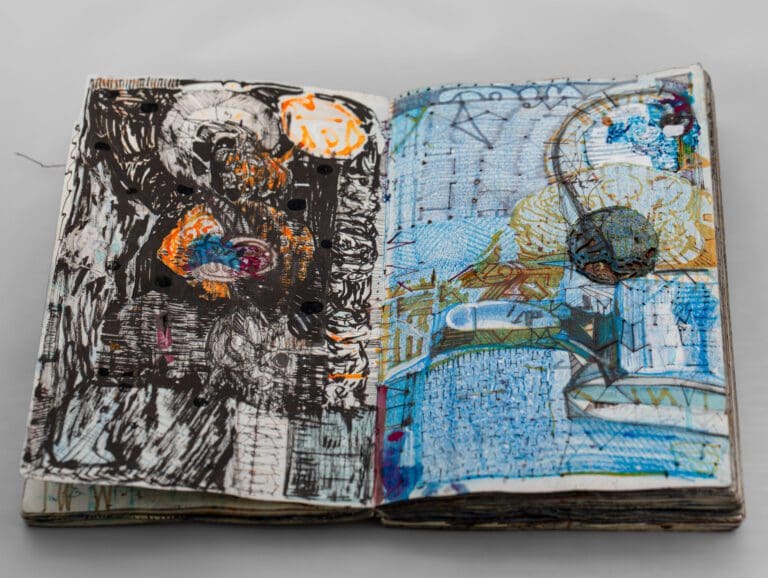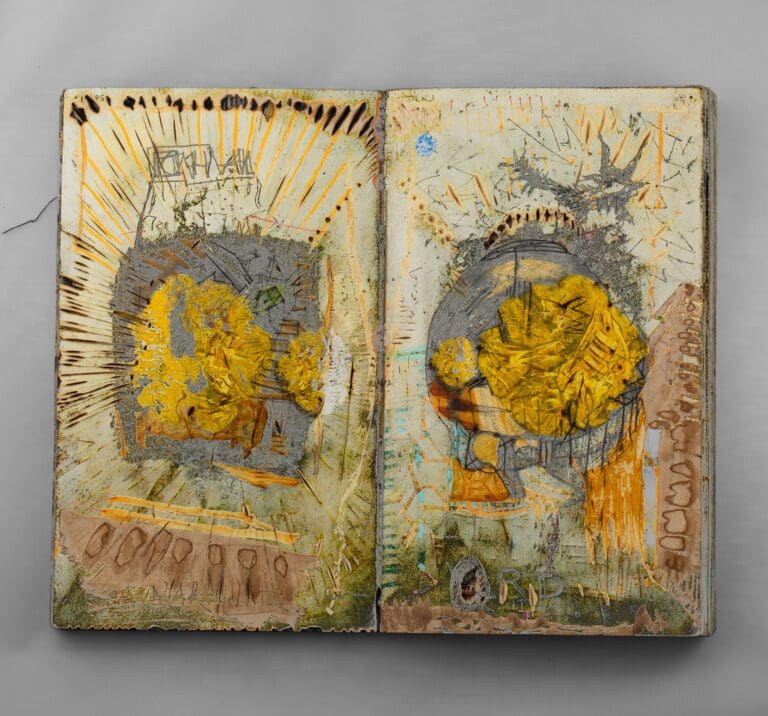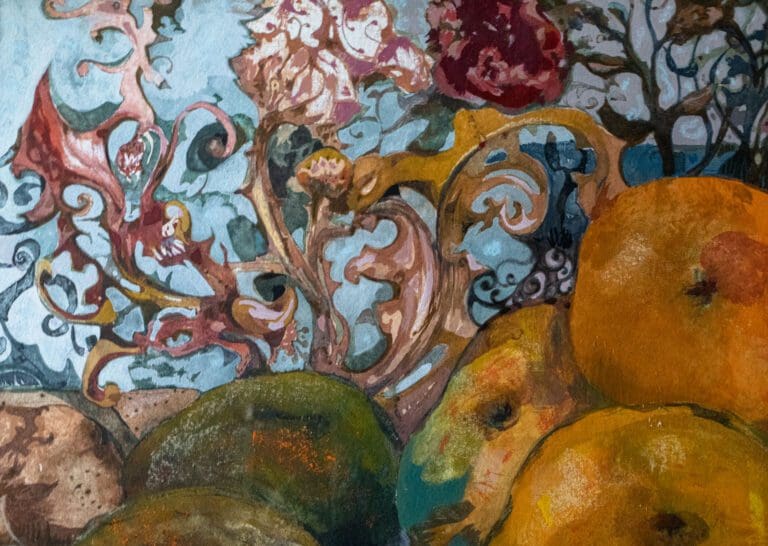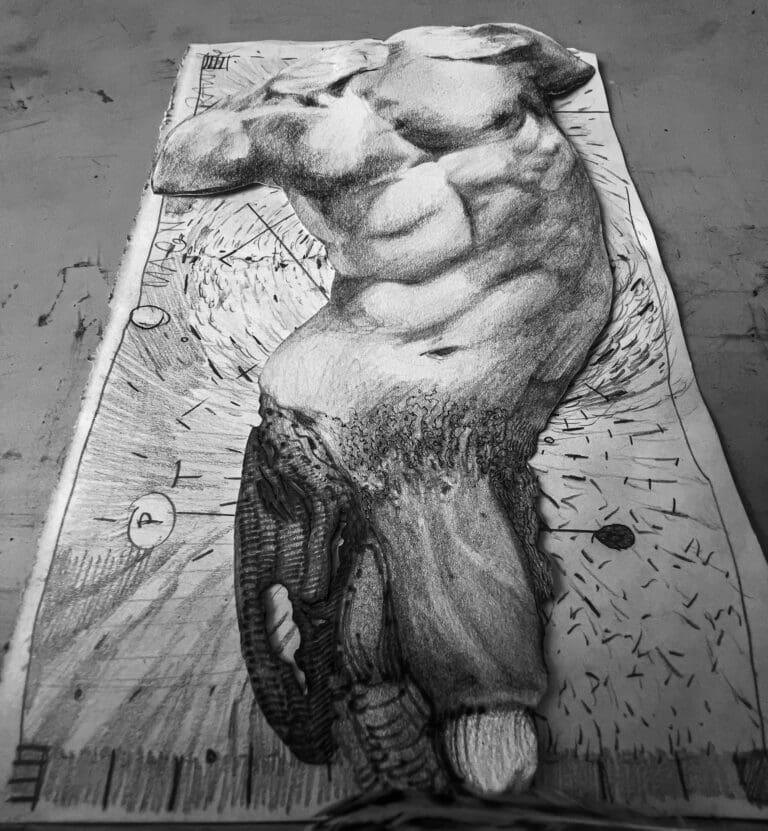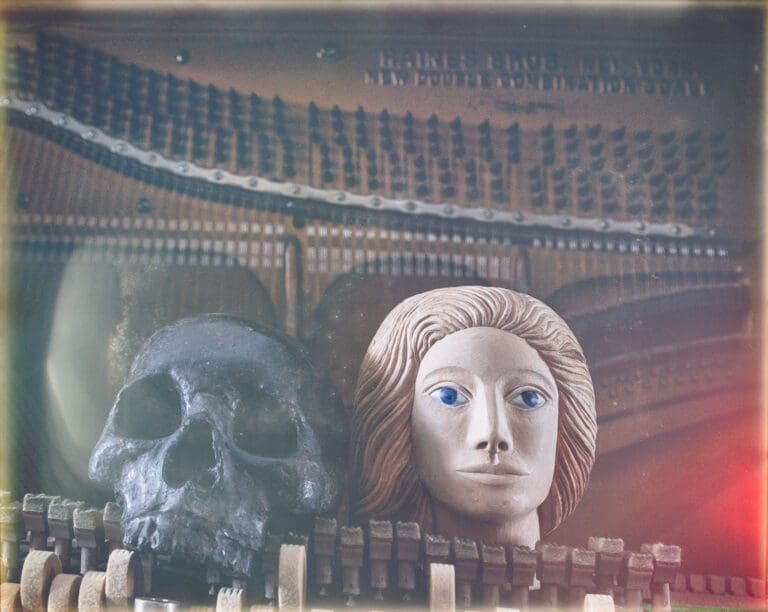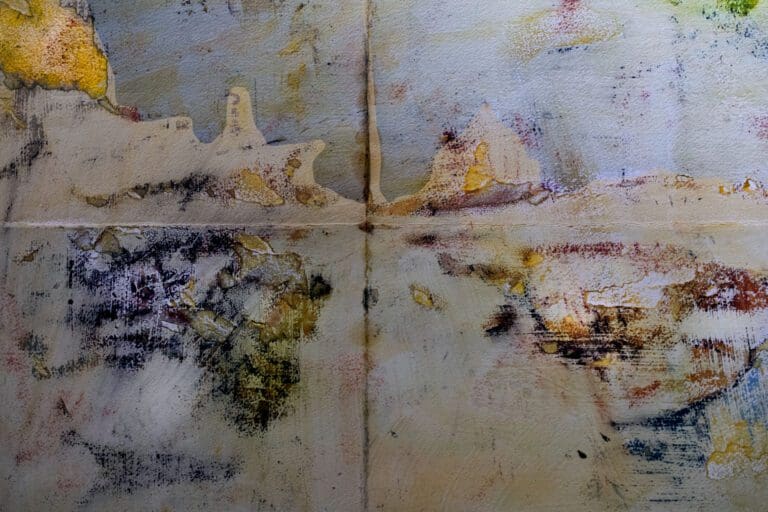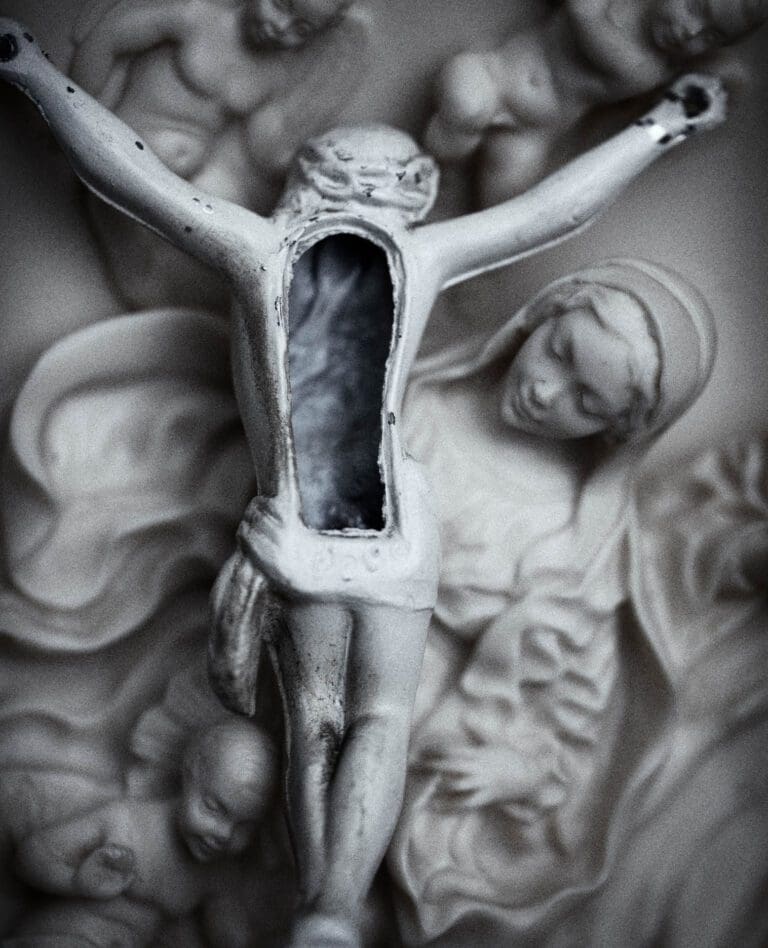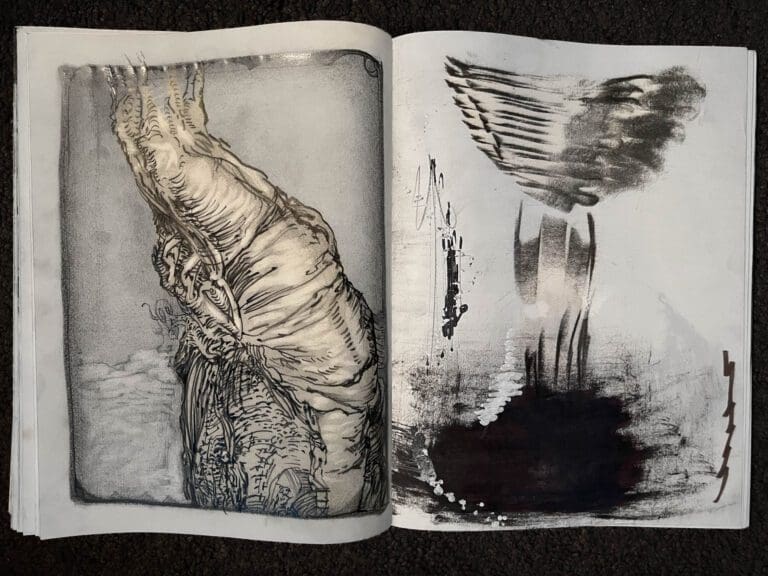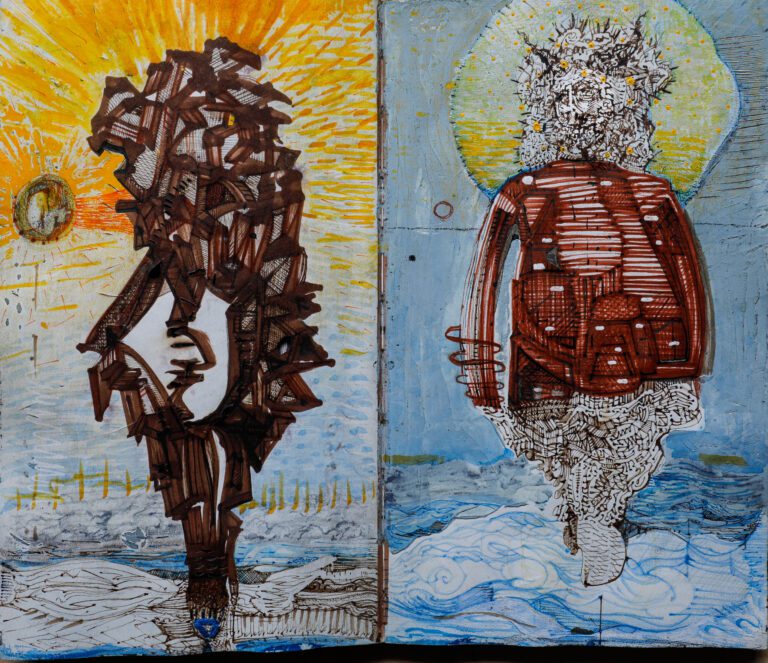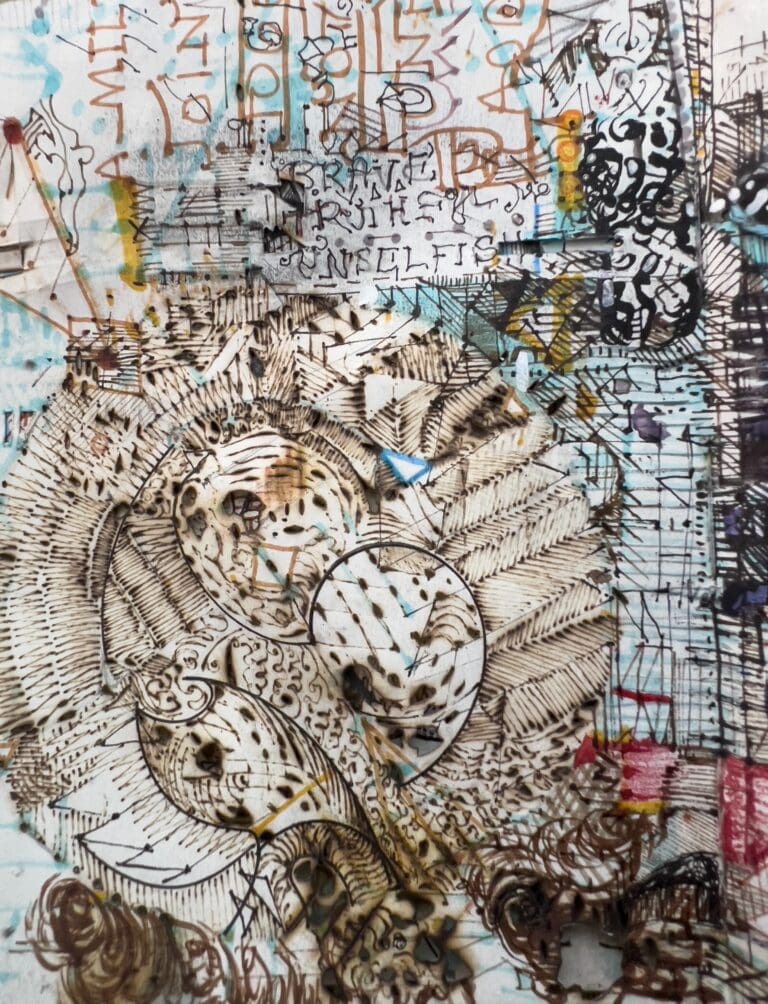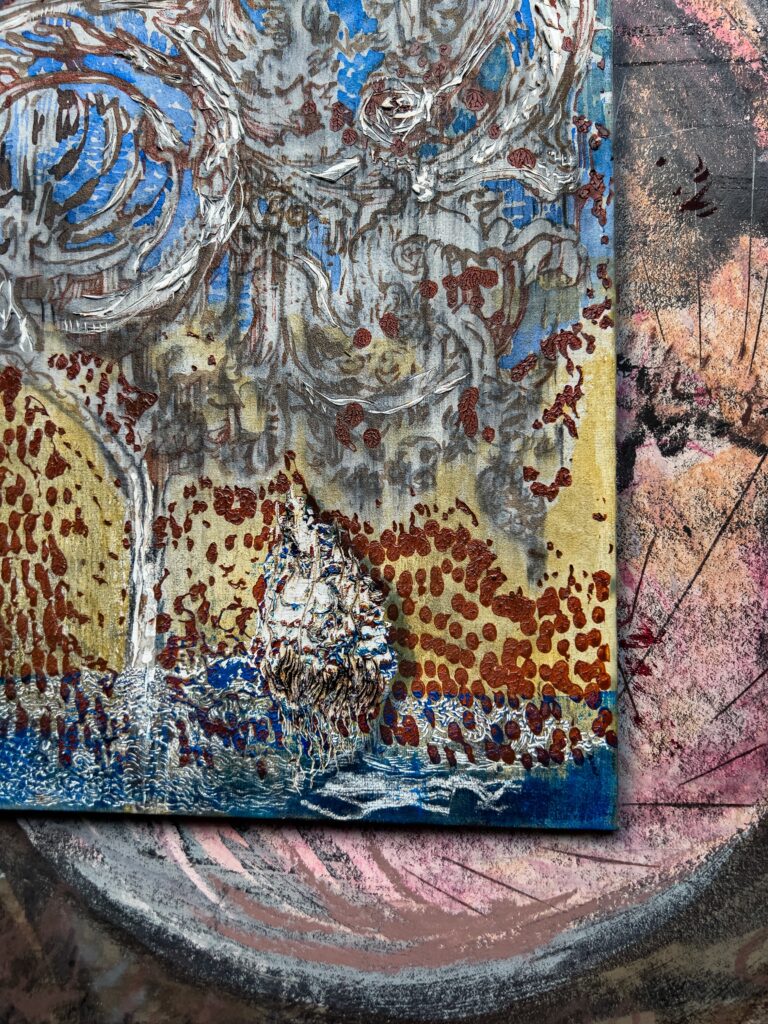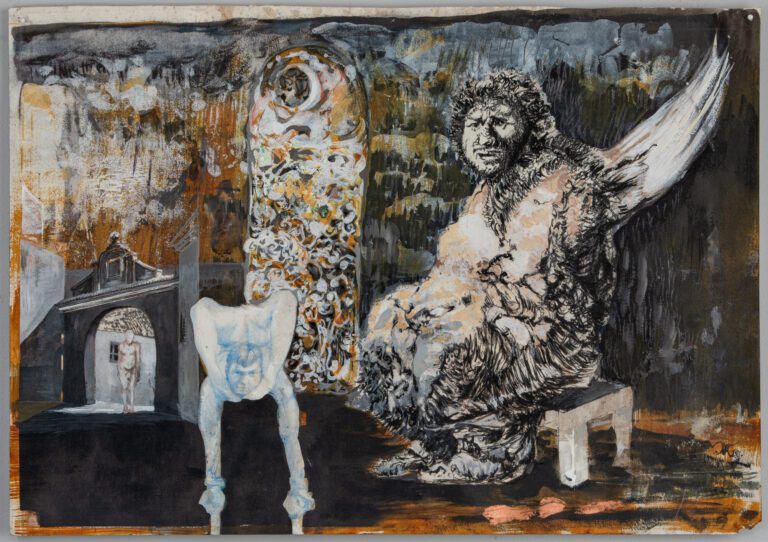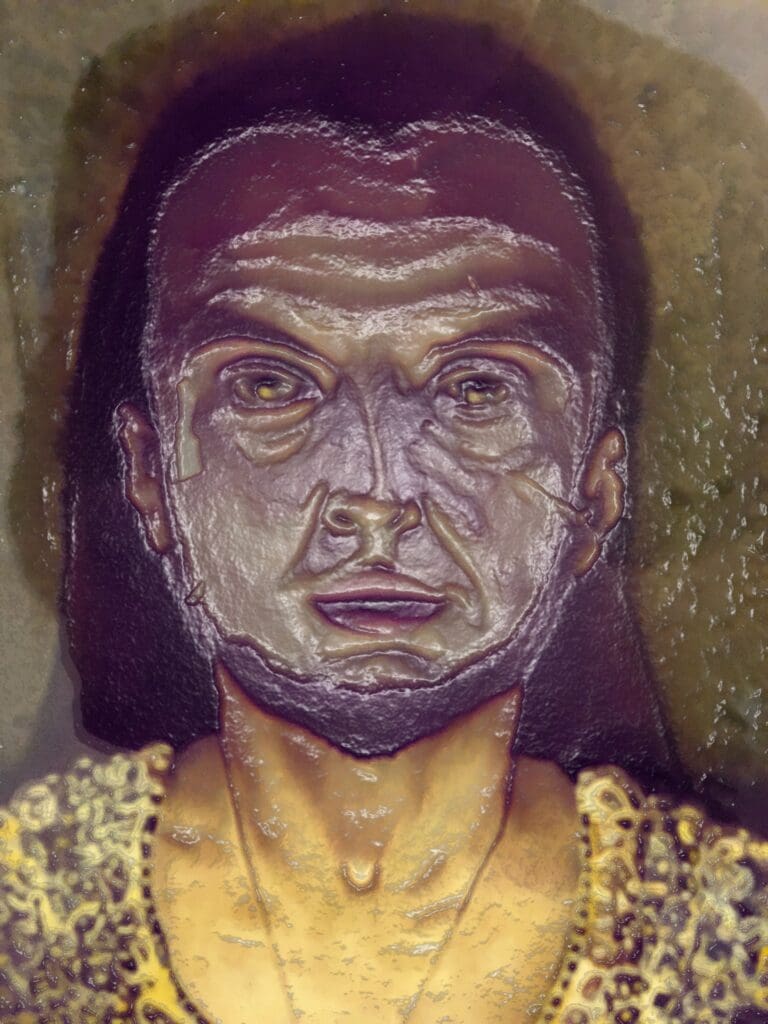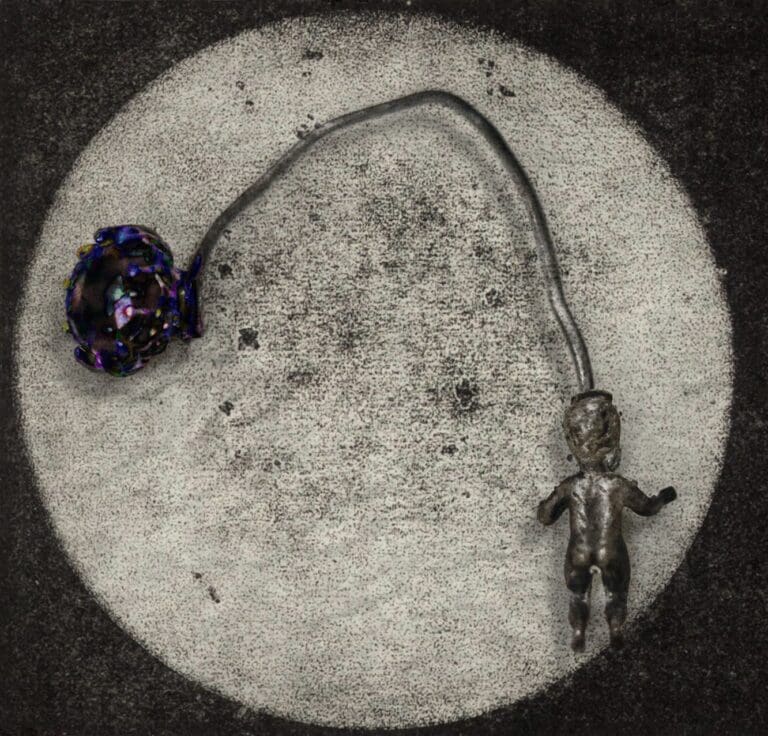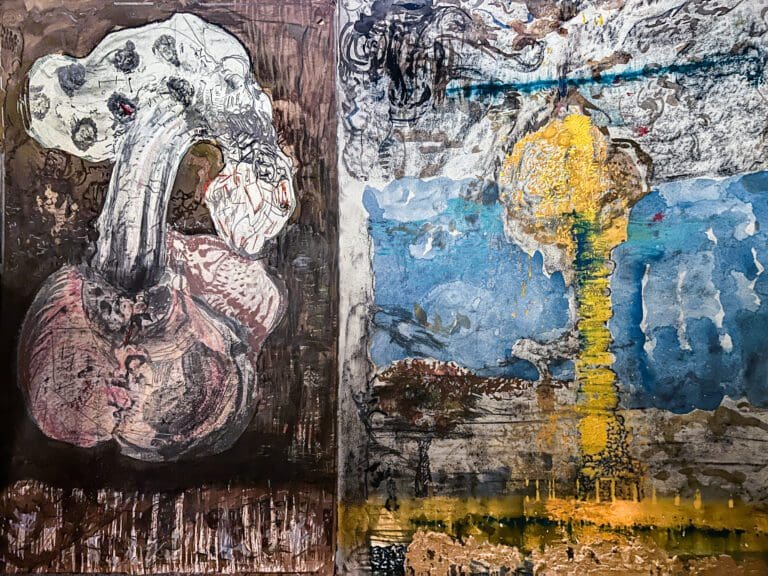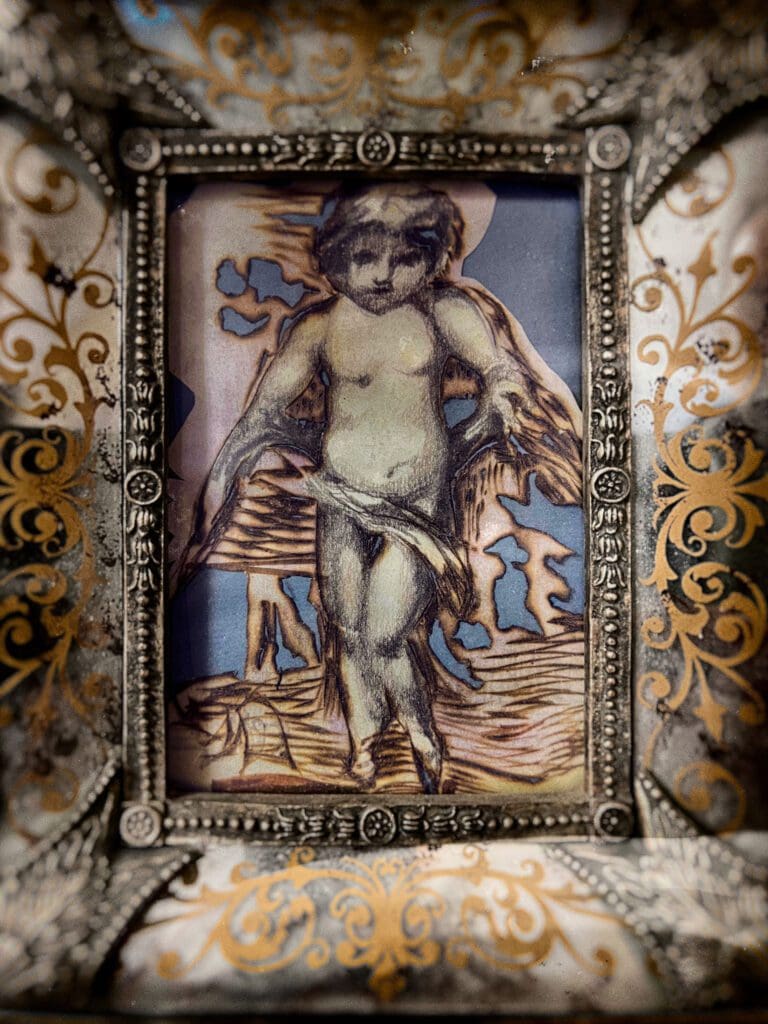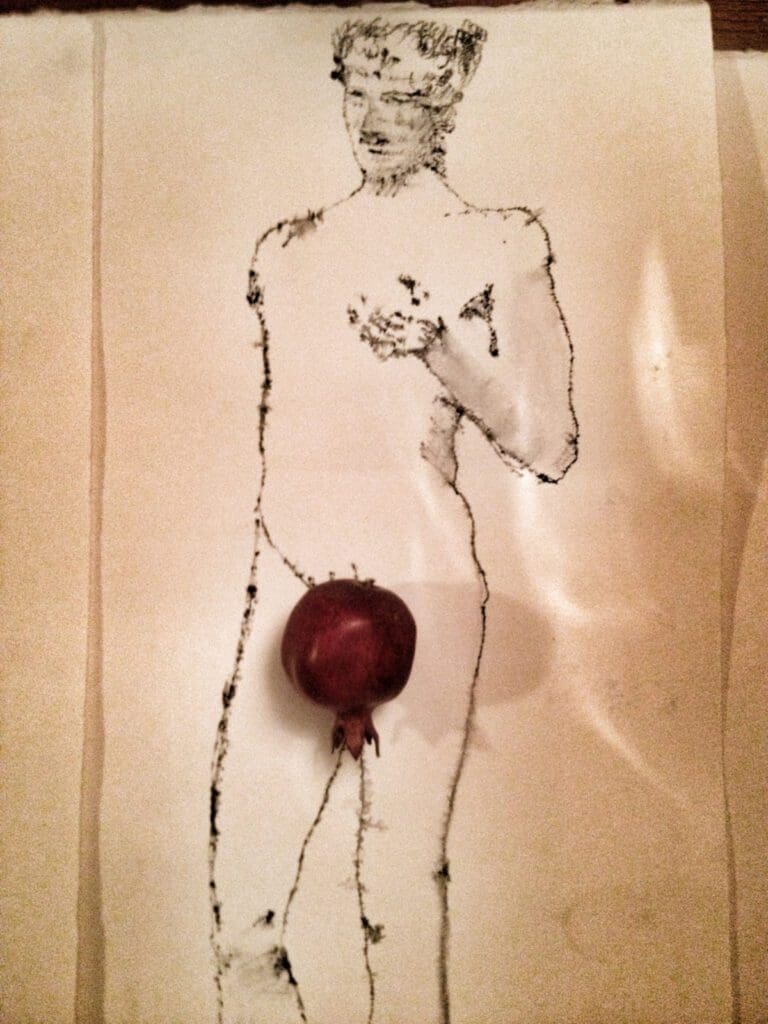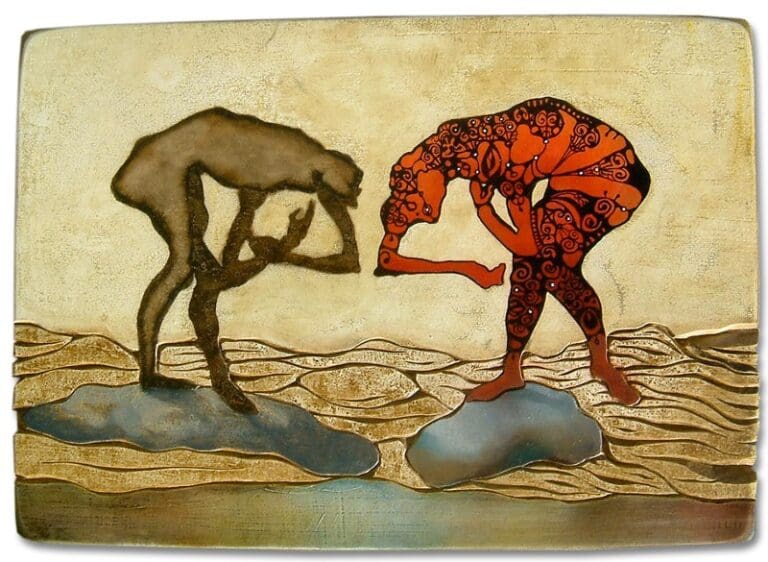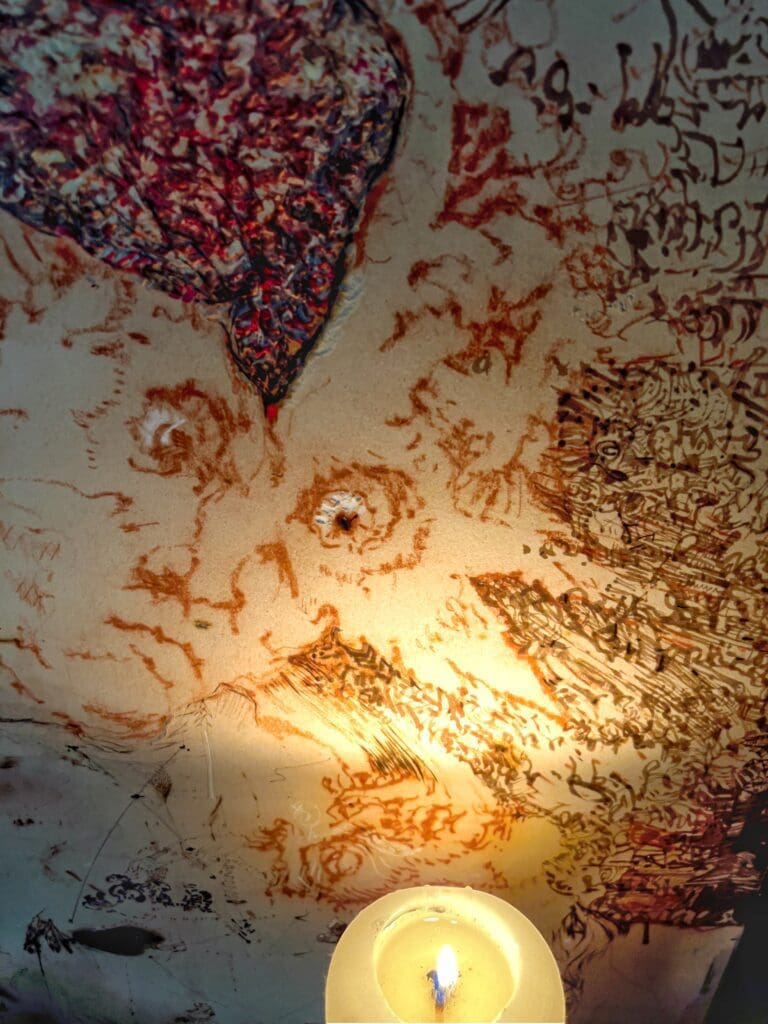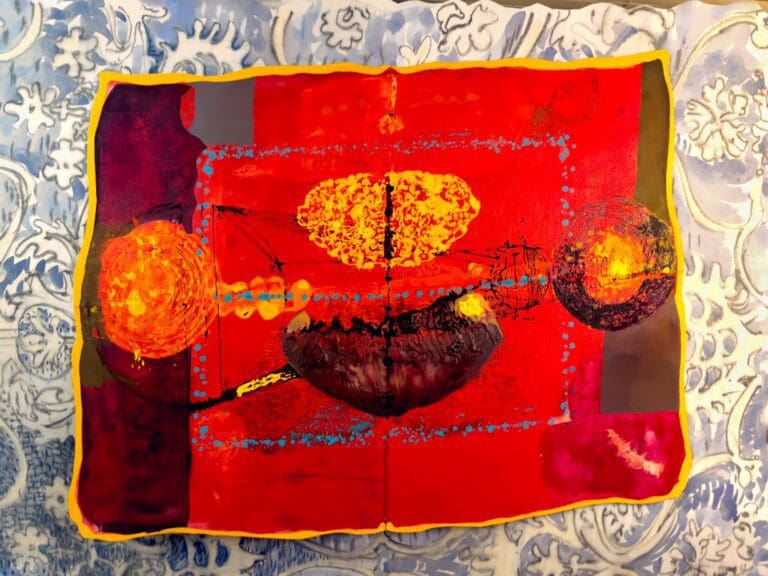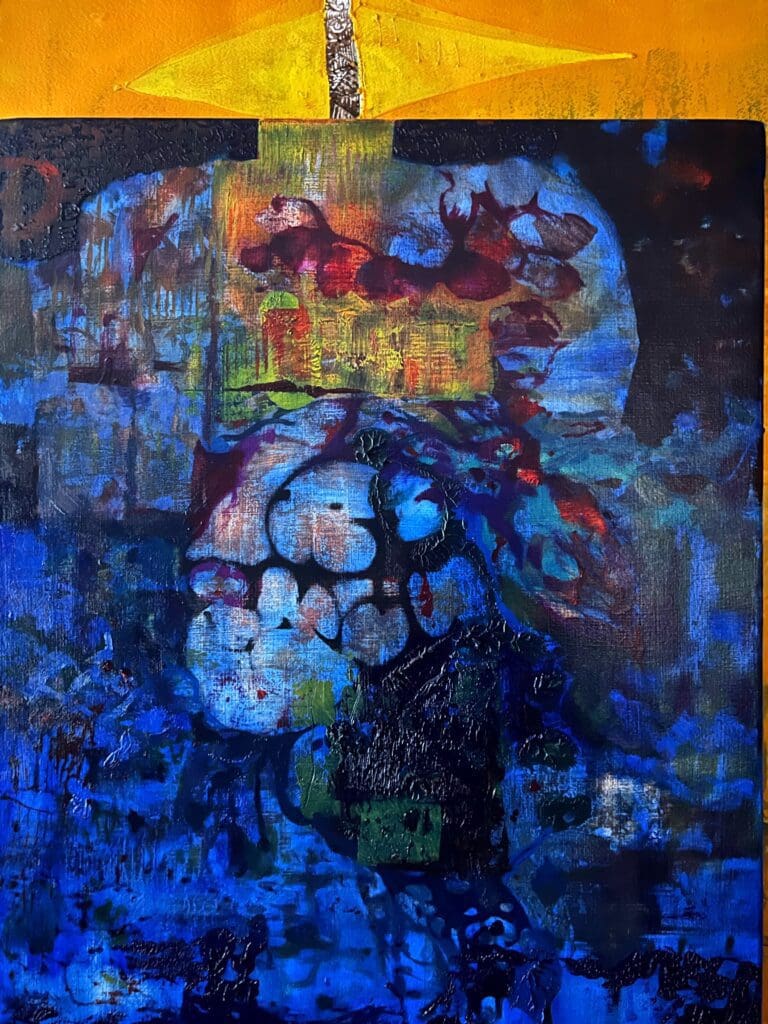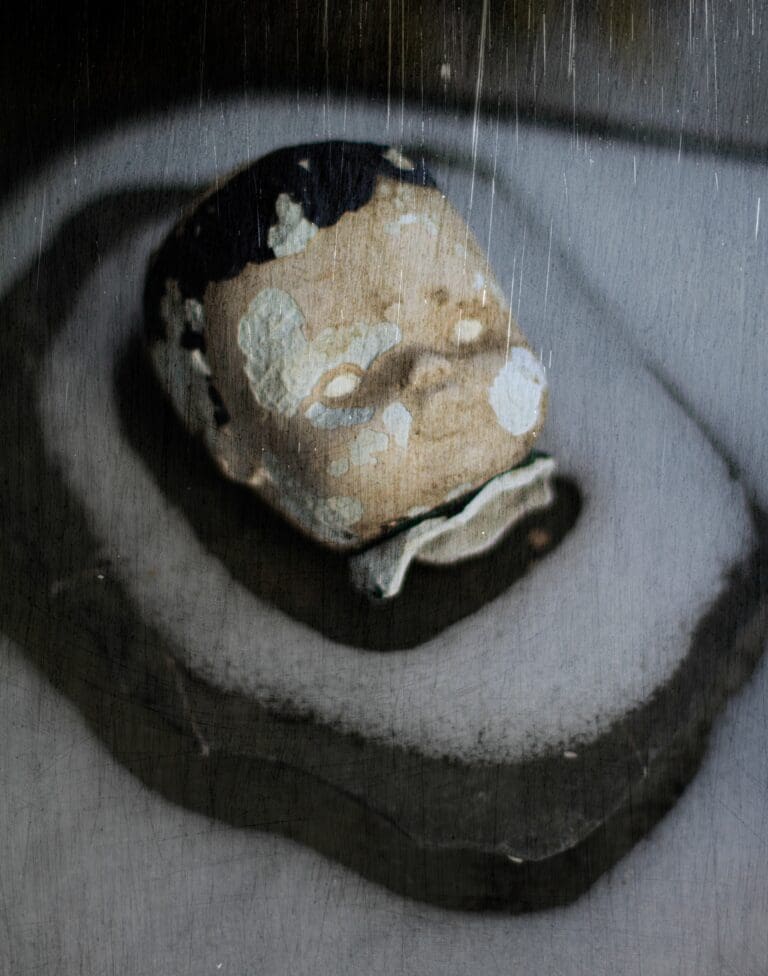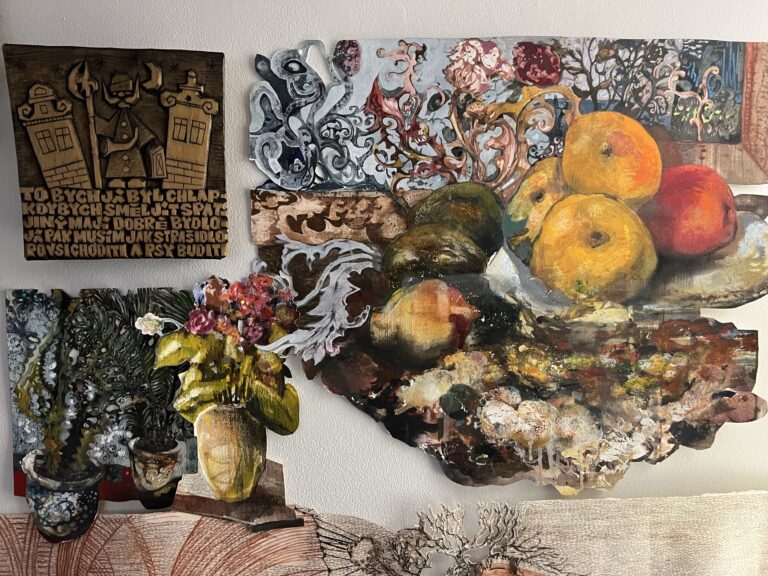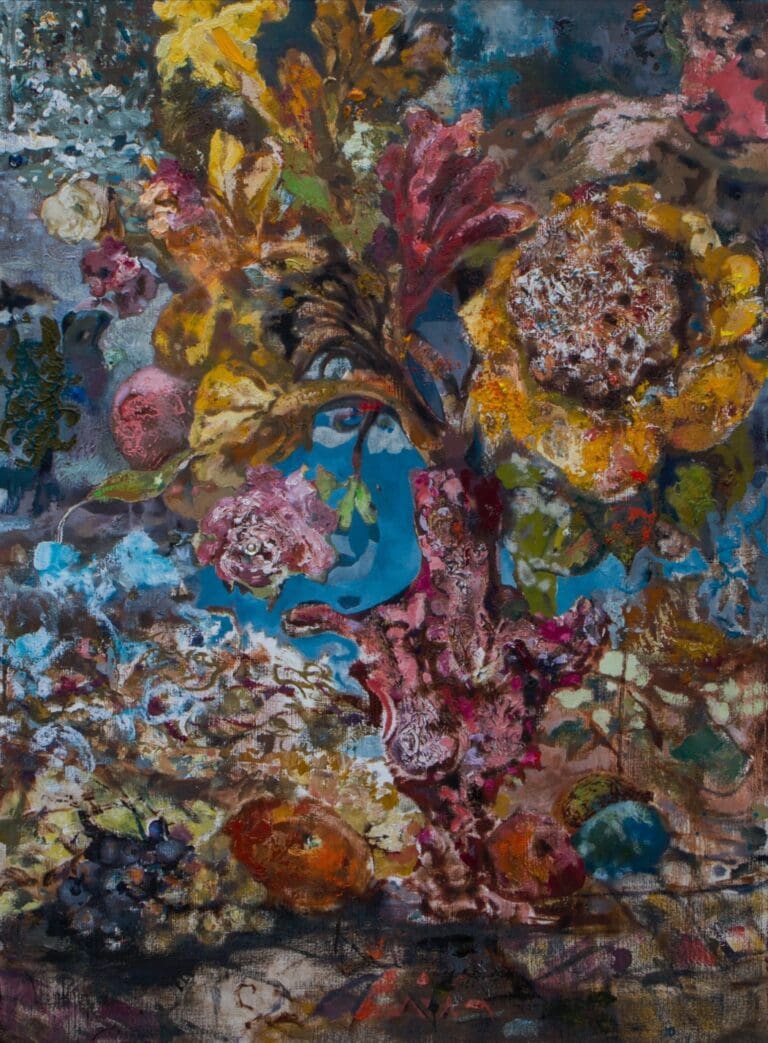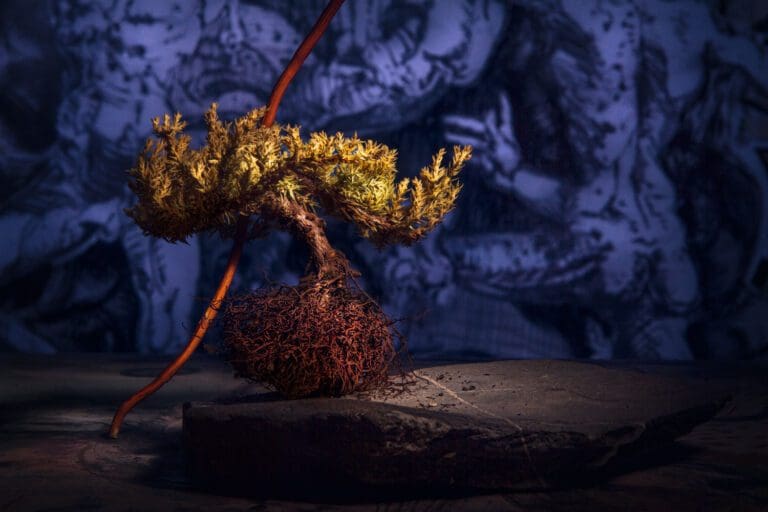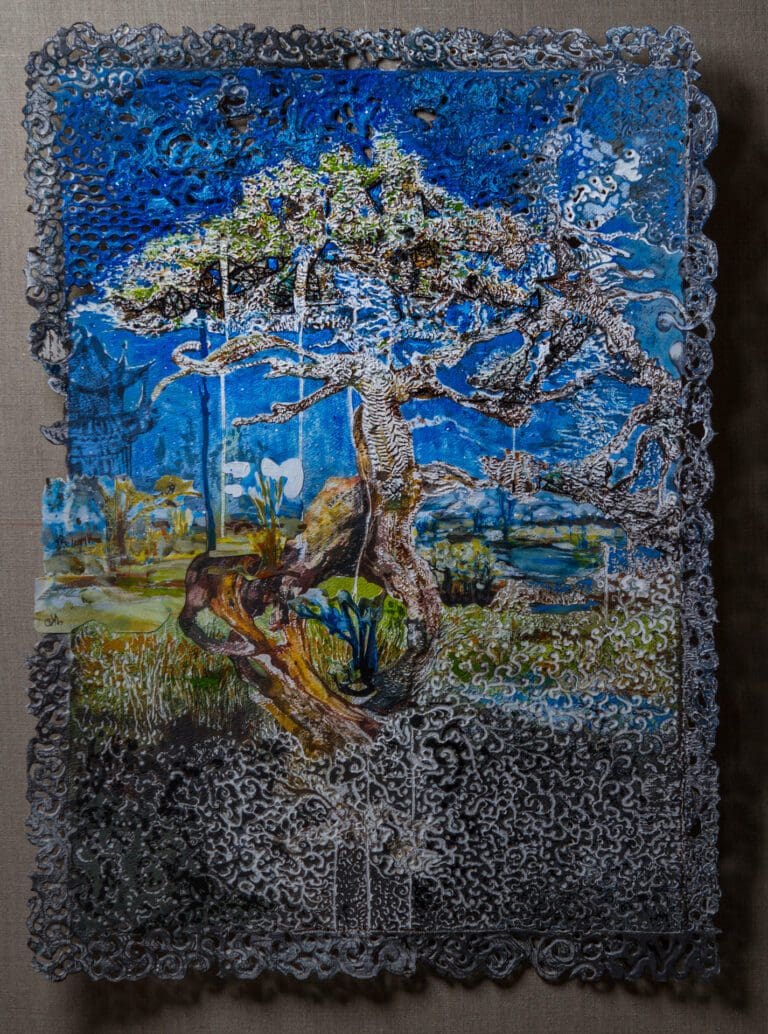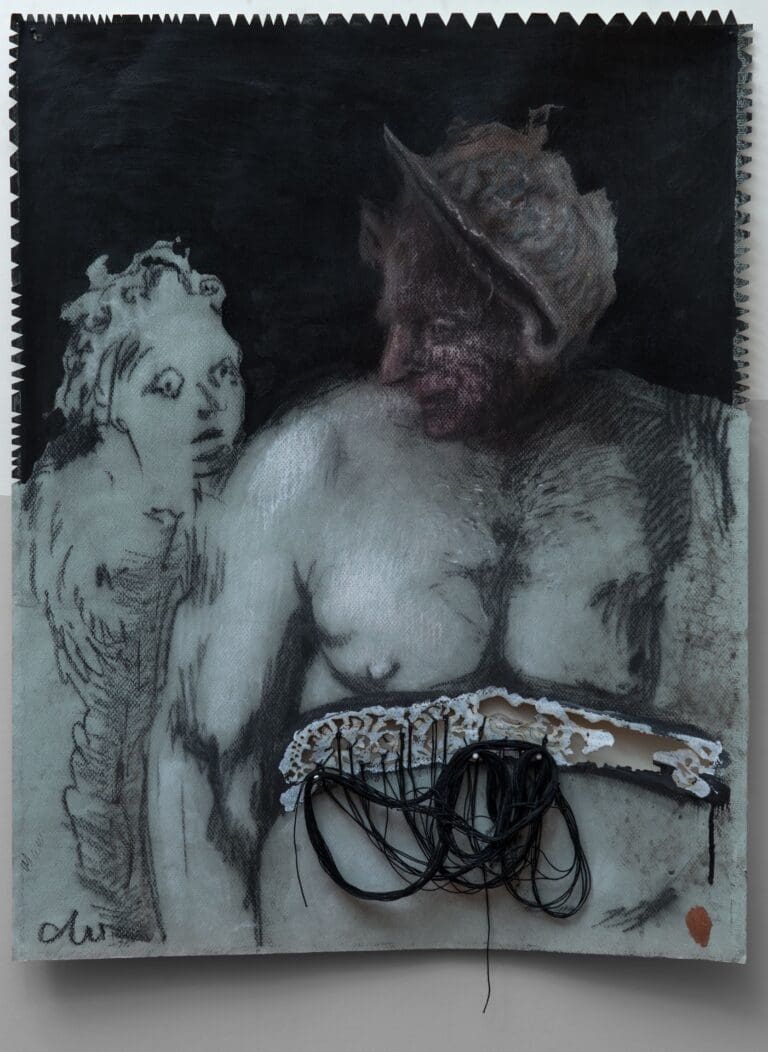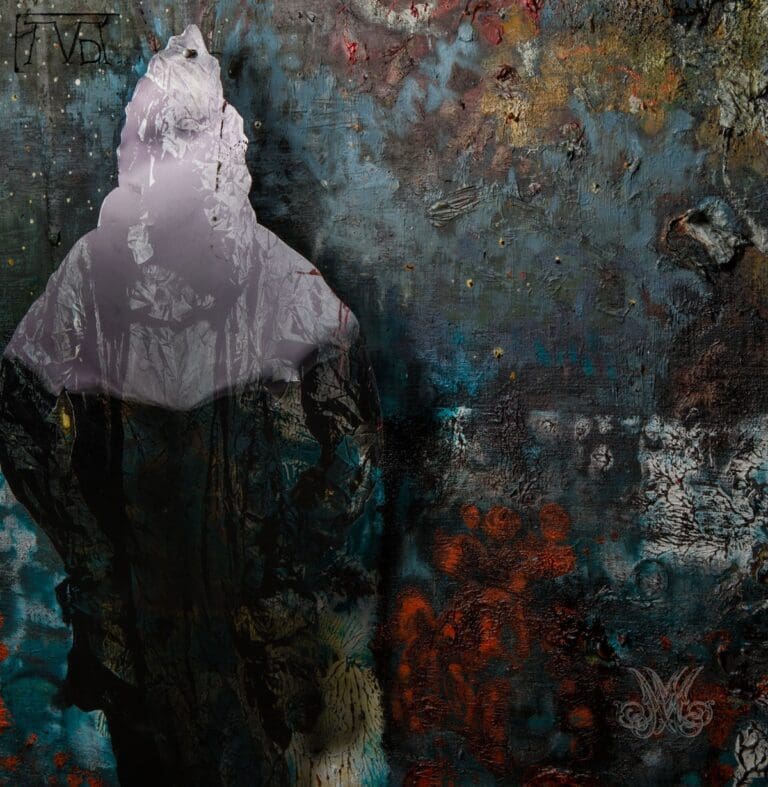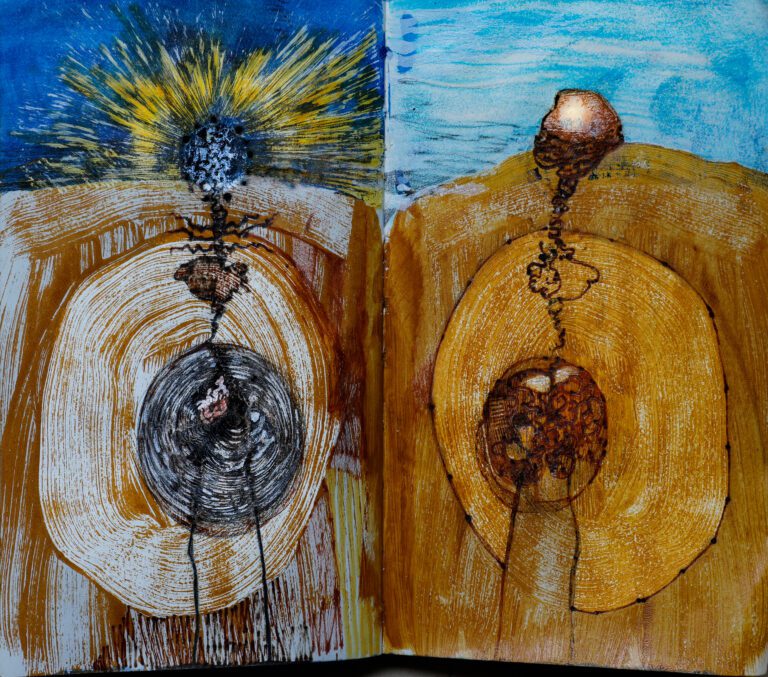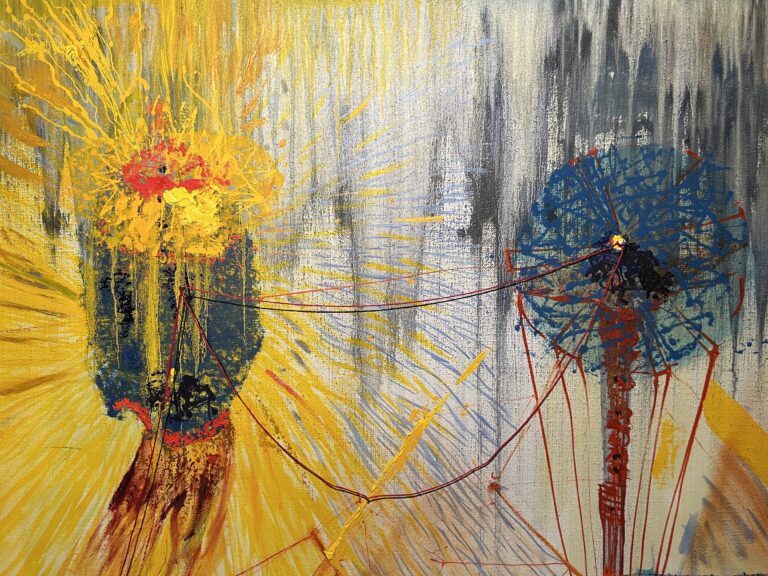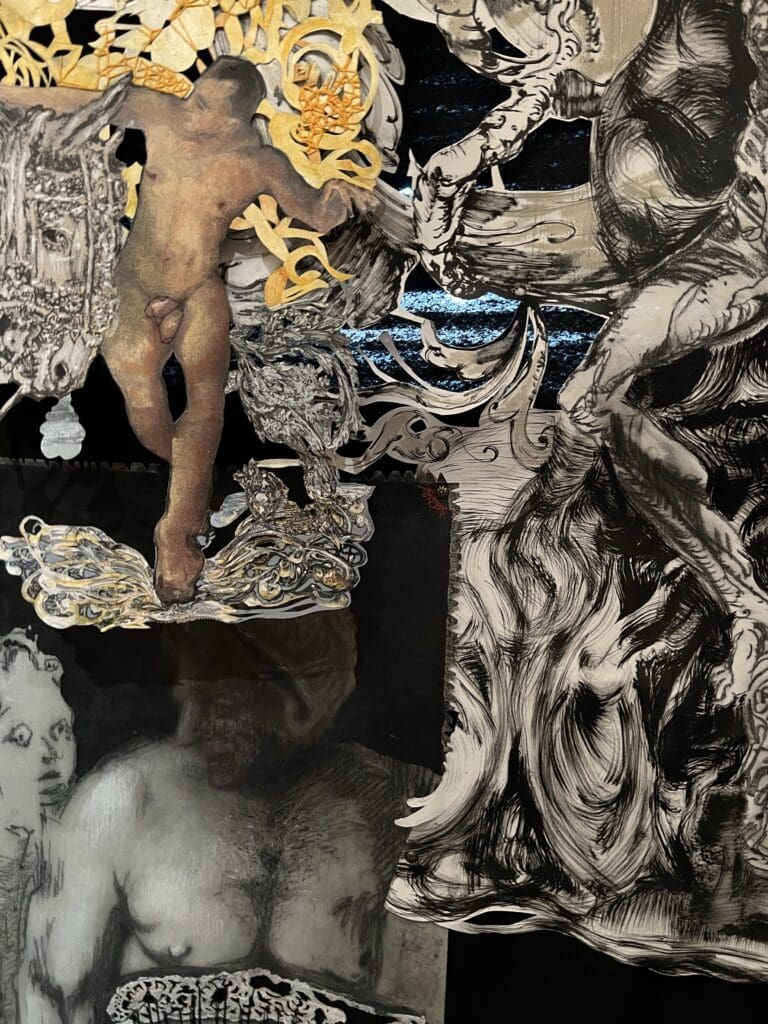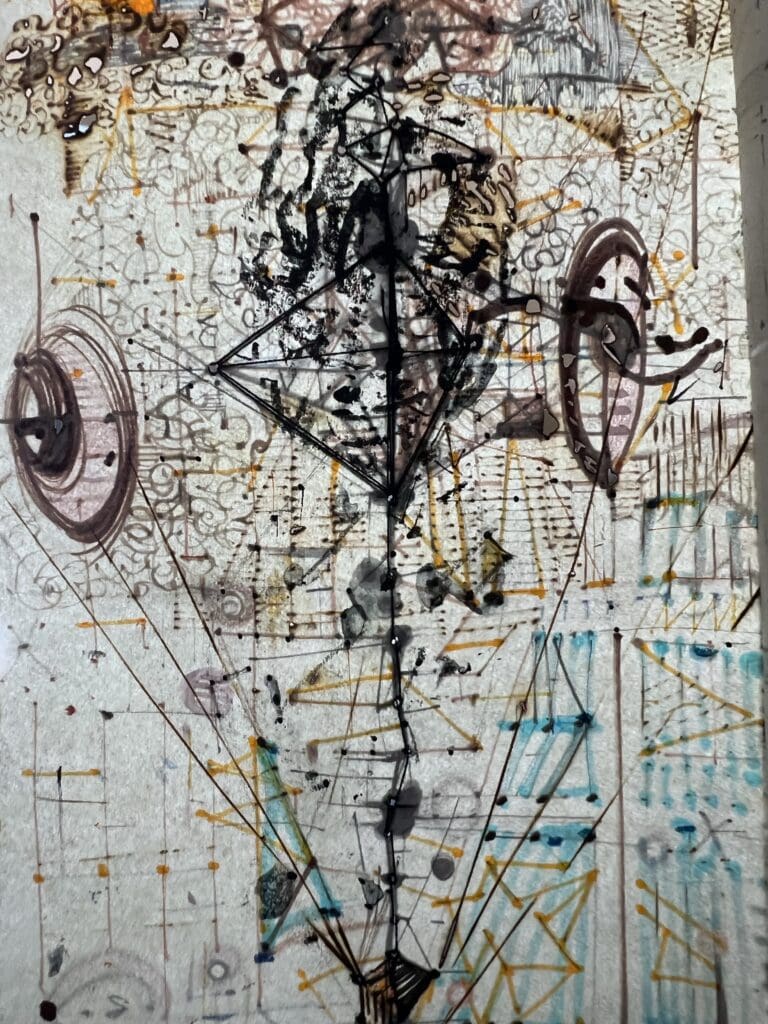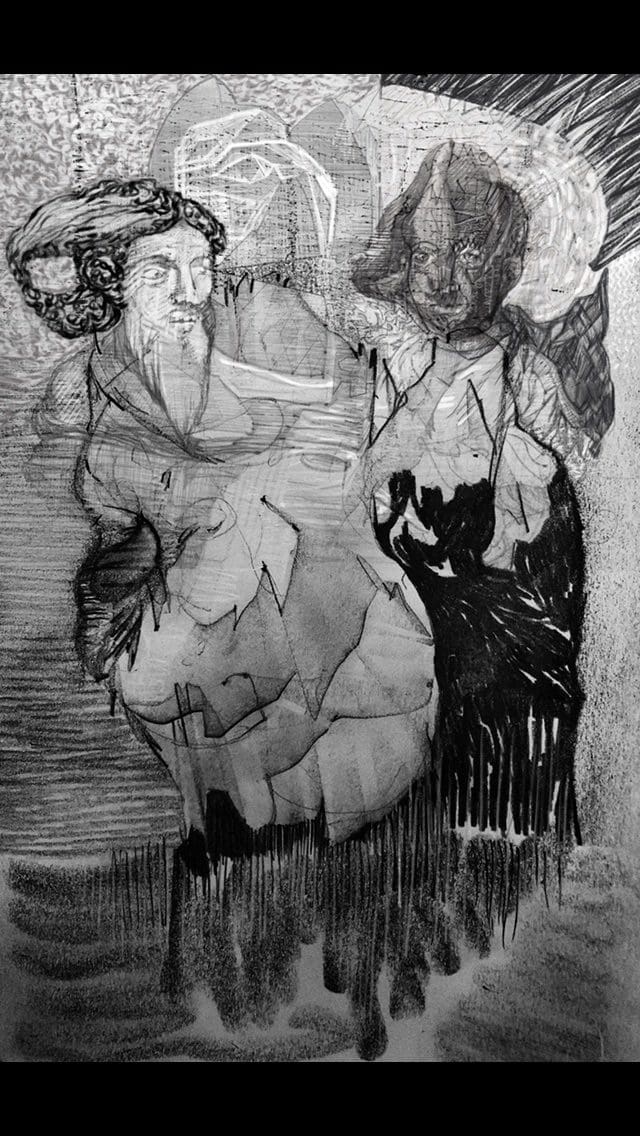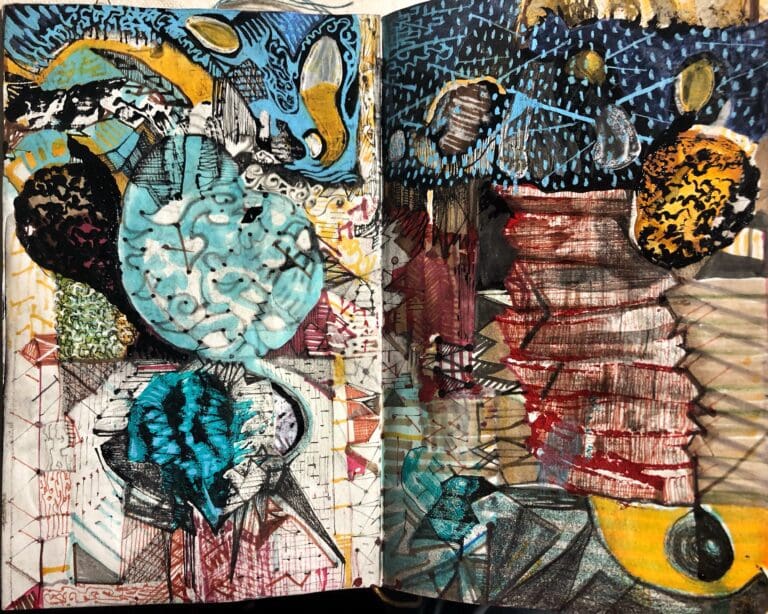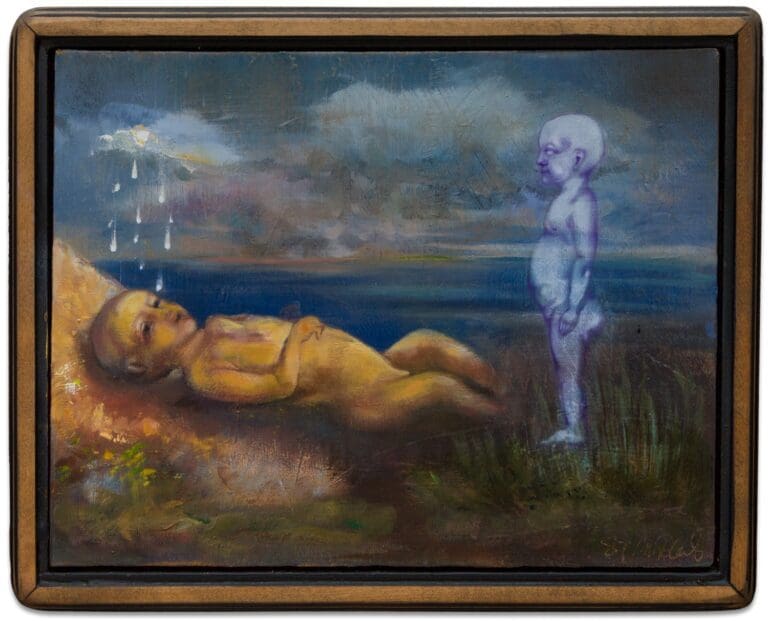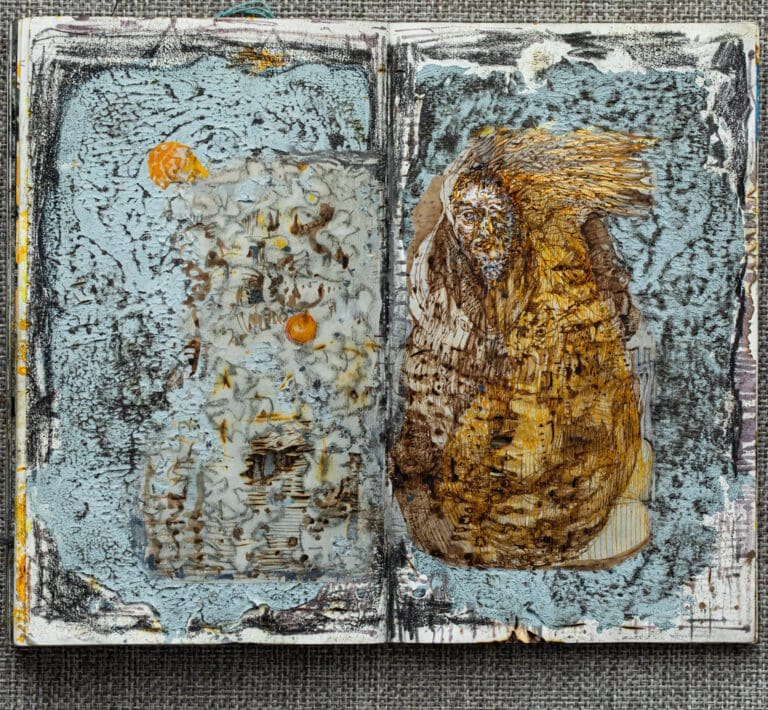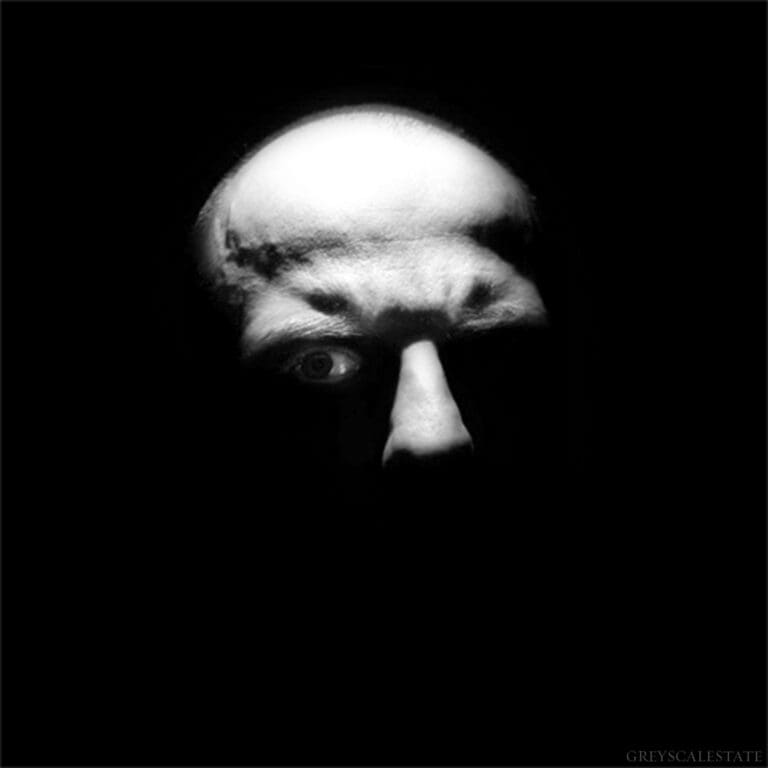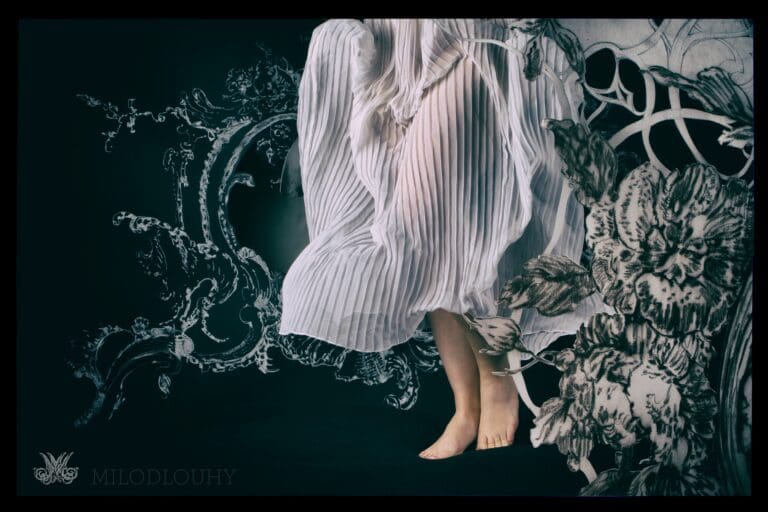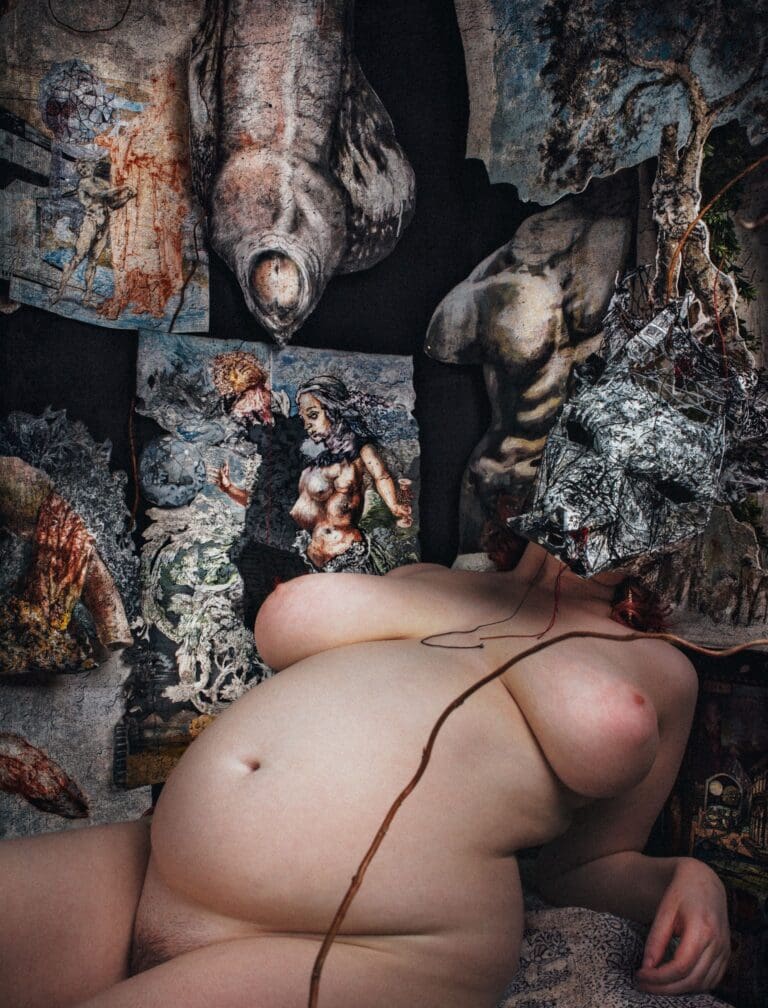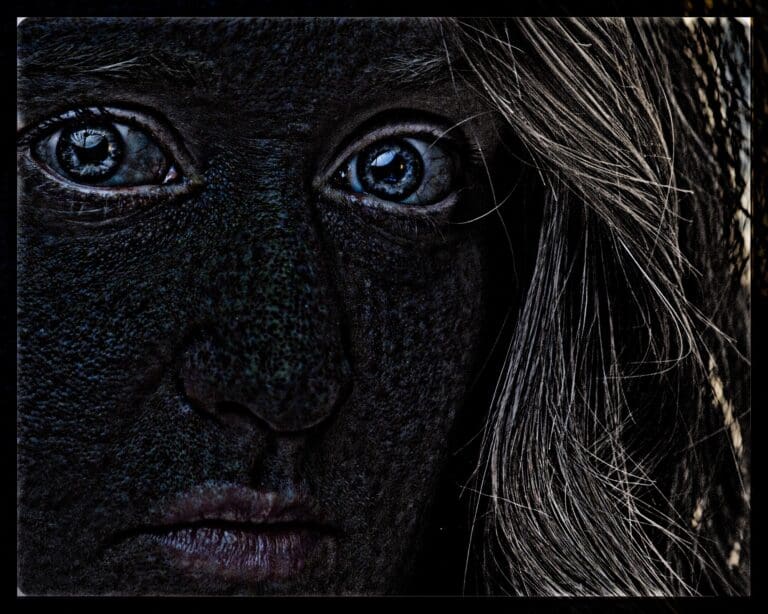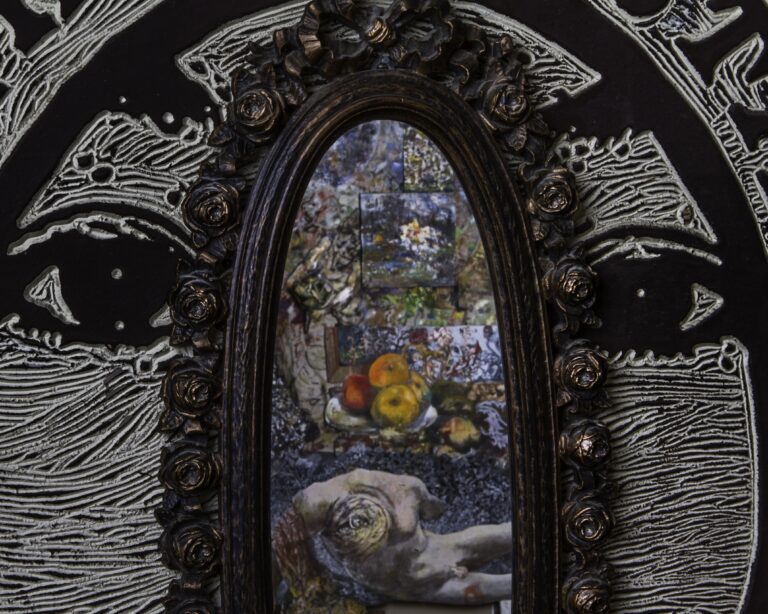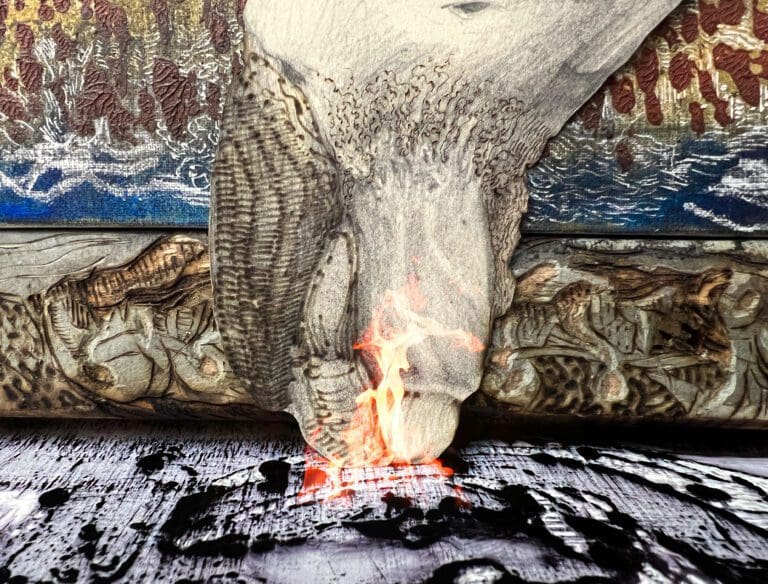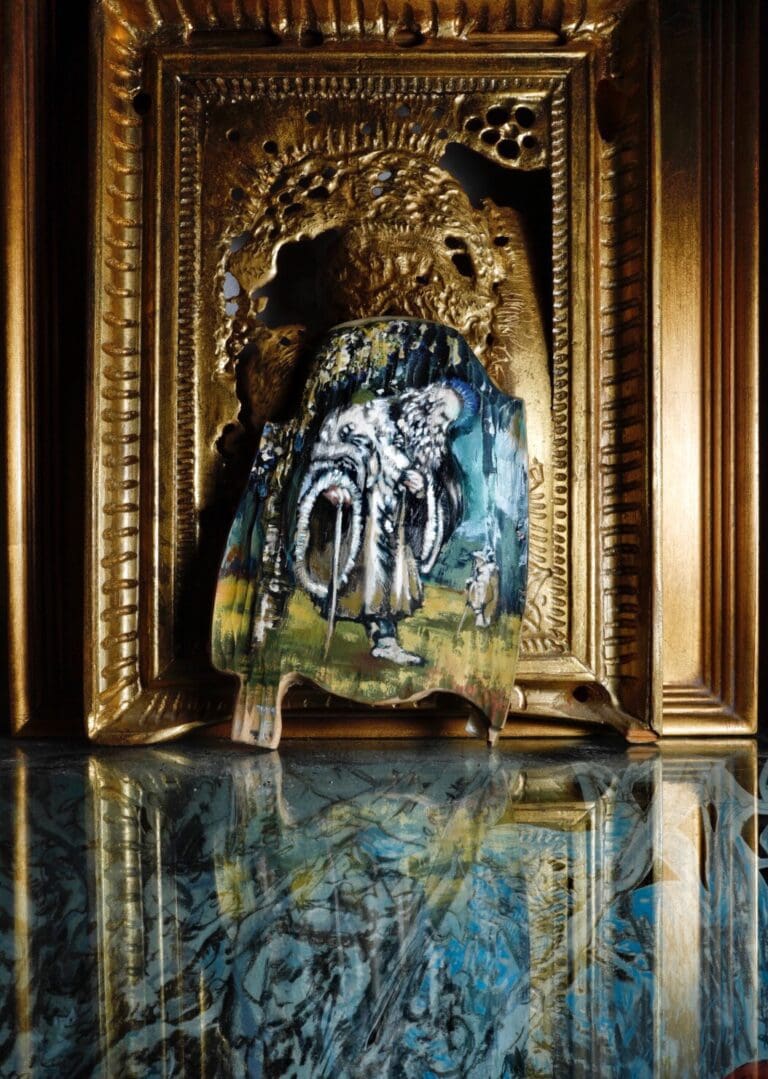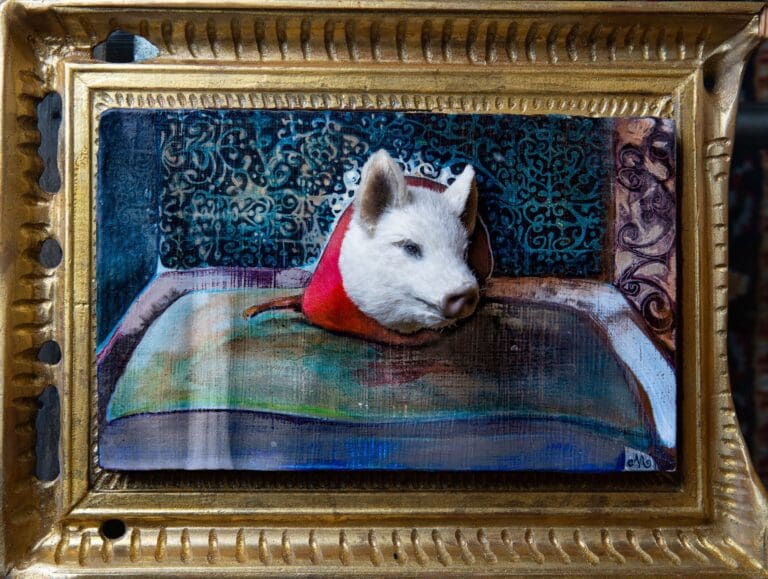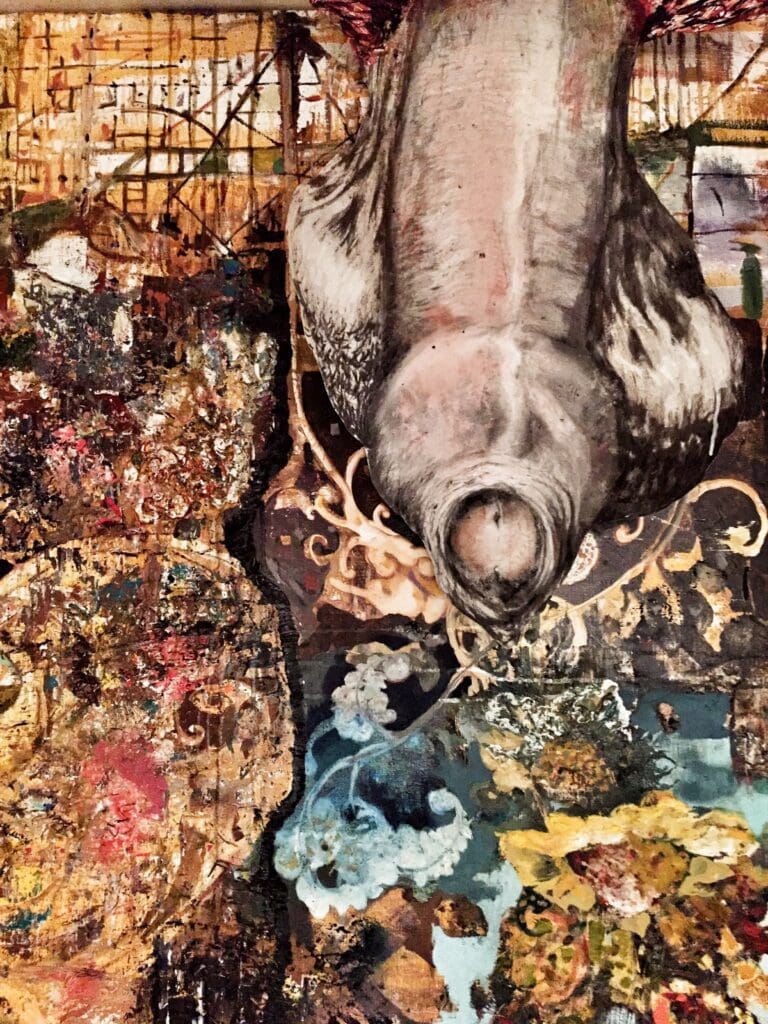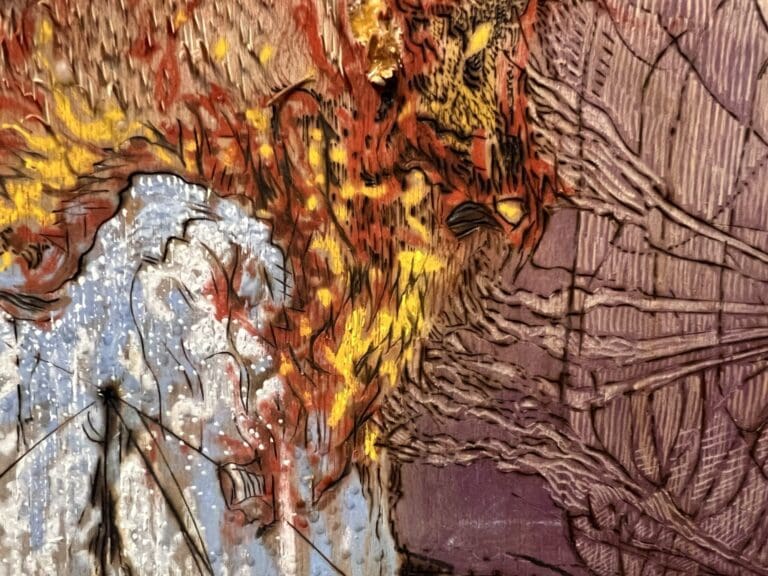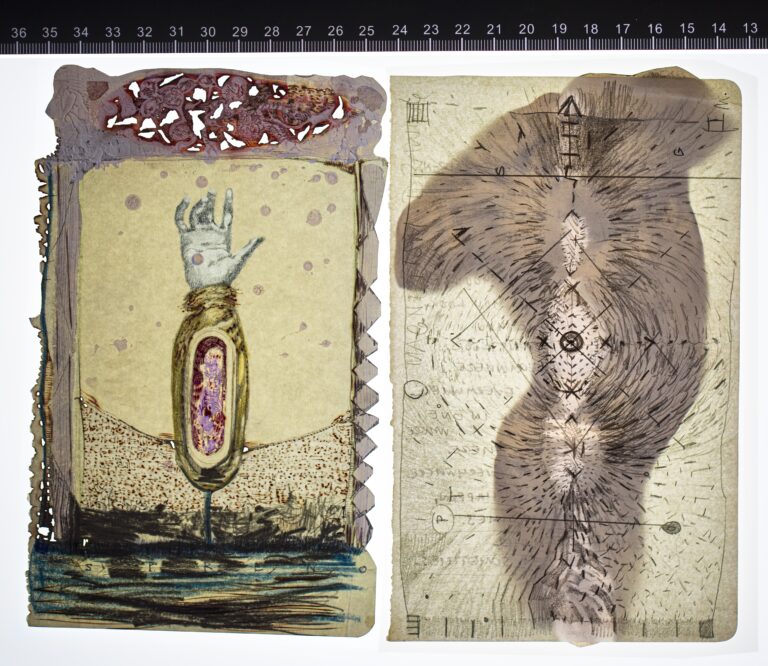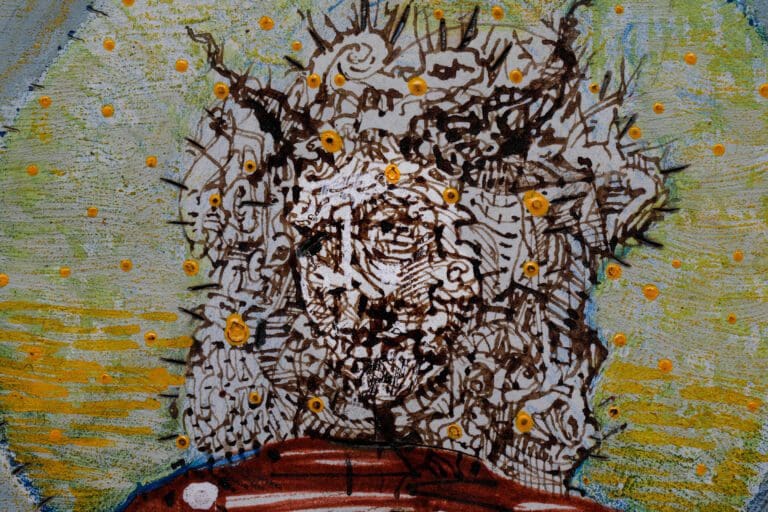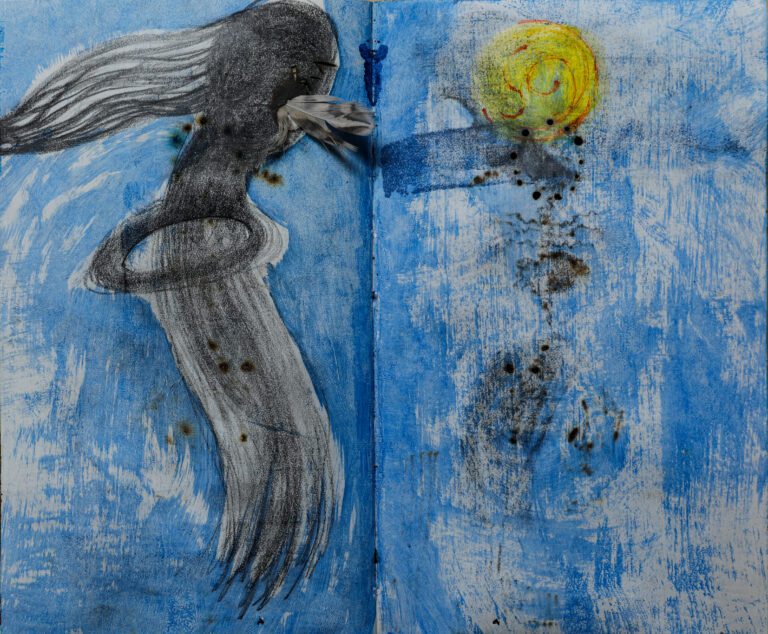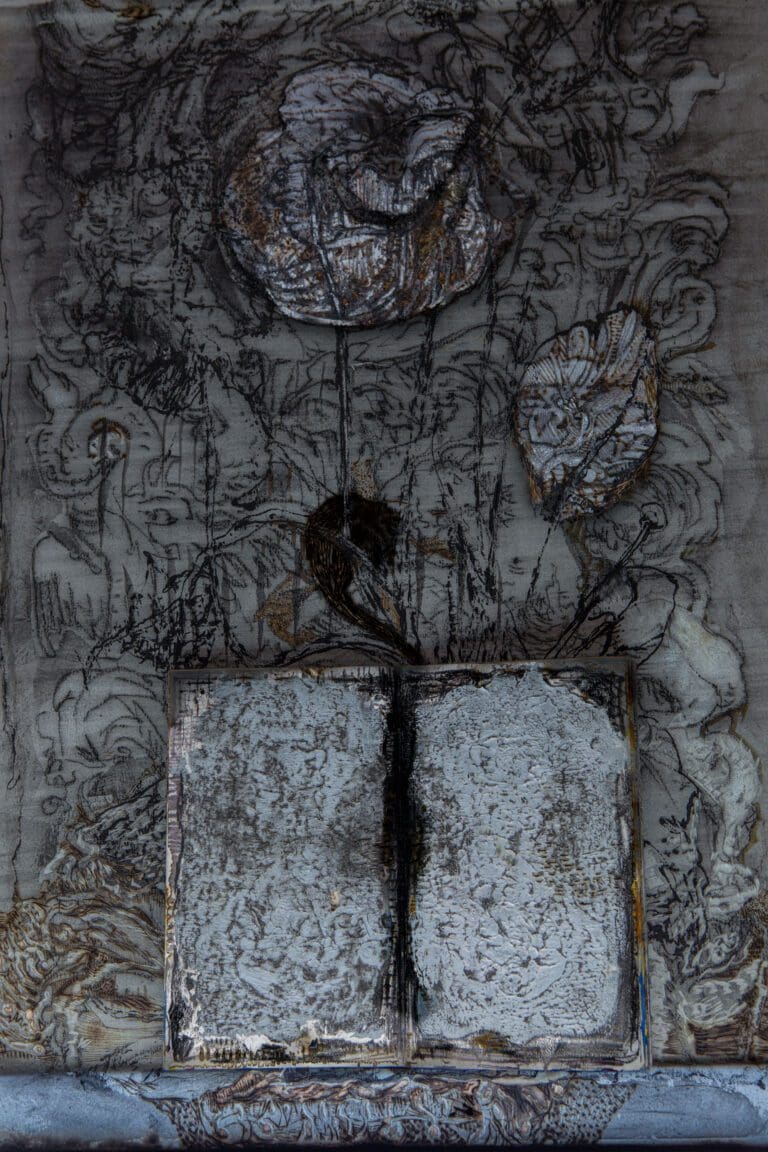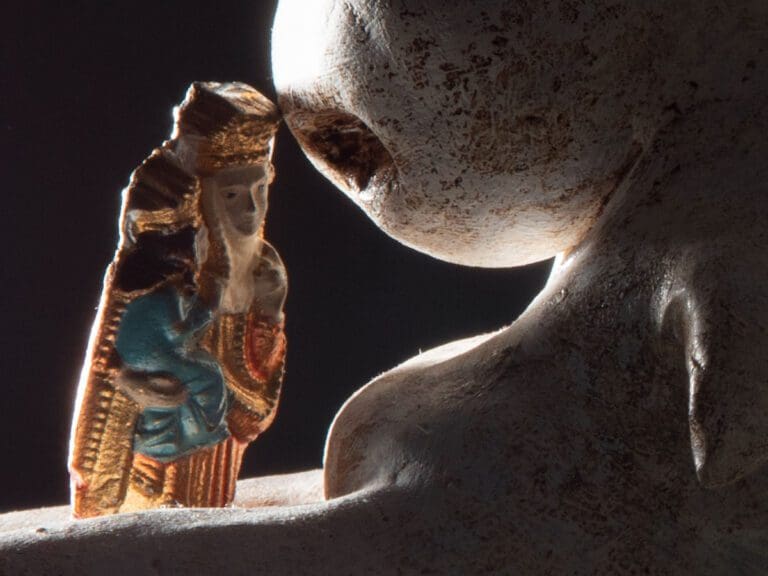
The Cosmic Dance: Interplay of the Cosmic Man and Cosmic Woman Archetypes
The human psyche, a wellspring of images and narratives, has given birth to countless archetypes. Among these, the Cosmic Man and the Cosmic Woman stand out, representing the profound duality that underlies the universe’s structure and the human unconscious. As an exploration of these archetypes, this article delves into their intricate interplay and the deeper truths they embody about human existence and the cosmos.
The Cosmic Man, a primordial figure present across numerous mythologies, often symbolizes consciousness, order, and the spiritual essence. In contrast, the Cosmic Woman, his indispensable counterpart, embodies the material universe, the creative force, and the chaotic, nurturing aspects of nature, as seen in figures like Prakriti in Hinduism and Gaia in Greek mythology.
This dynamic duality reflects the foundational principle of complementary opposites. Neither can exist in isolation. Their intricate dance of mutual influence and interdependence is central to their narratives, emphasizing the necessary integration of contrasting qualities for the universe’s creation and sustainment.
In visualizing the Cosmic Man and Cosmic Woman’s interplay, one might imagine a cosmic dance. The Cosmic Man, symbolizing consciousness and form, provides the dance’s structure, its rhythm and pattern. Simultaneously, the Cosmic Woman, representing energy and creativity, brings this pattern to life with her movements, manifesting the dance in material reality.
For an artist or a writer, this cosmic dance offers a wealth of inspiration, providing a framework to explore the interplay between form and energy, structure and creativity, conscious and unconscious. It opens avenues to delve into questions about creation, existence, and the beautiful tension between order and chaos.
In psychological terms, especially in Jungian psychology, the Cosmic Man and Cosmic Woman can be related to the animus (the male aspect within the female psyche) and the anima (the female aspect within the male psyche) respectively. Their interaction mirrors the process of individuation, the journey towards psychic wholeness. A balanced interplay between these aspects within an individual leads to a more complete and integrated Self.
The dance of the Cosmic Man and Cosmic Woman is also a metaphor for the interplay between the known and the unknown, the visible and the invisible. The Cosmic Man, in his quest for consciousness and knowledge, seeks to illuminate the unknown, embodied by the Cosmic Woman’s unfathomable depths. However, the Cosmic Woman, with her creative chaos, constantly brings forth new potentials, ensuring that the quest for understanding never truly ends.
This cosmic interplay isn’t confined to grand cosmological narratives or psychological processes. It can be seen in the daily ebb and flow of life. The Cosmic Man’s principles can be seen in the structures that provide stability—whether societal rules, daily routines, or logical reasoning. On the other hand, the Cosmic Woman is visible in the creativity and spontaneity that breathes life into these structures, in the intuitive insights that leap beyond rational thinking, and in the transformative power of nature.
In conclusion, the interplay between the Cosmic Man and Cosmic Woman is a rich symbolic narrative that reflects fundamental cosmic principles and offers deep insights into human nature. By engaging with these archetypes and their dynamic dance, we can better appreciate the beauty of duality and interdependence, recognize the importance of balance and integration, and gain a more holistic understanding of our place within the grand cosmic ballet.
More information about this artwork.
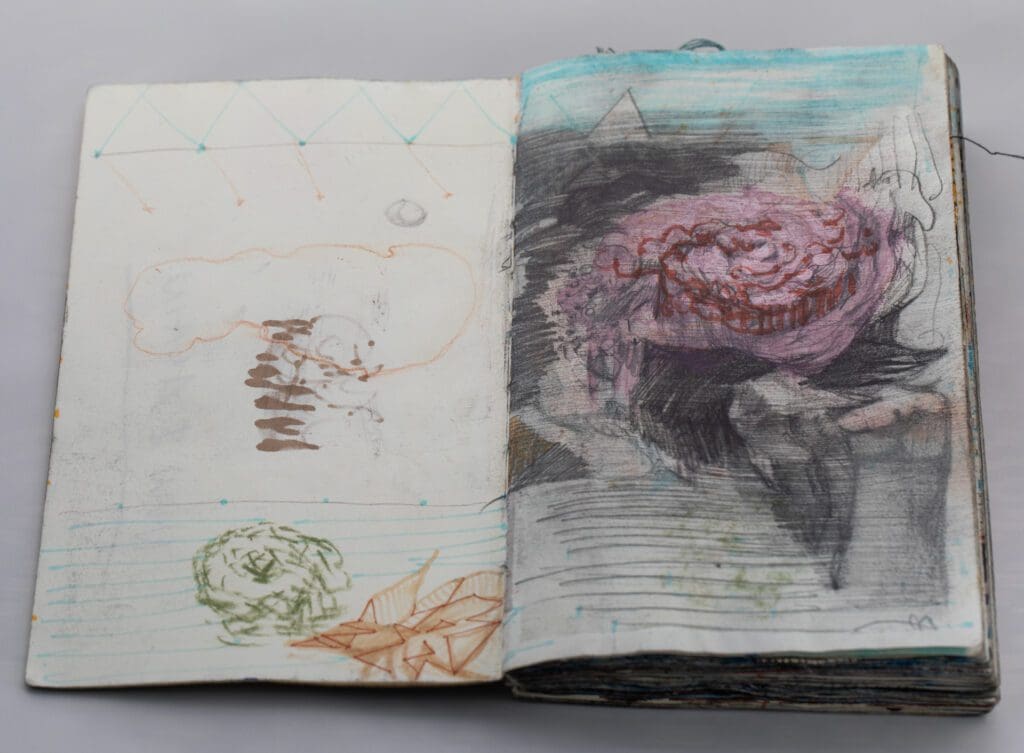
Small Man Chapter 1. The Gallery of the Unseen
Every step was a natural progression toward what was rightfully mine, a destiny woven by my undeniable prowess.
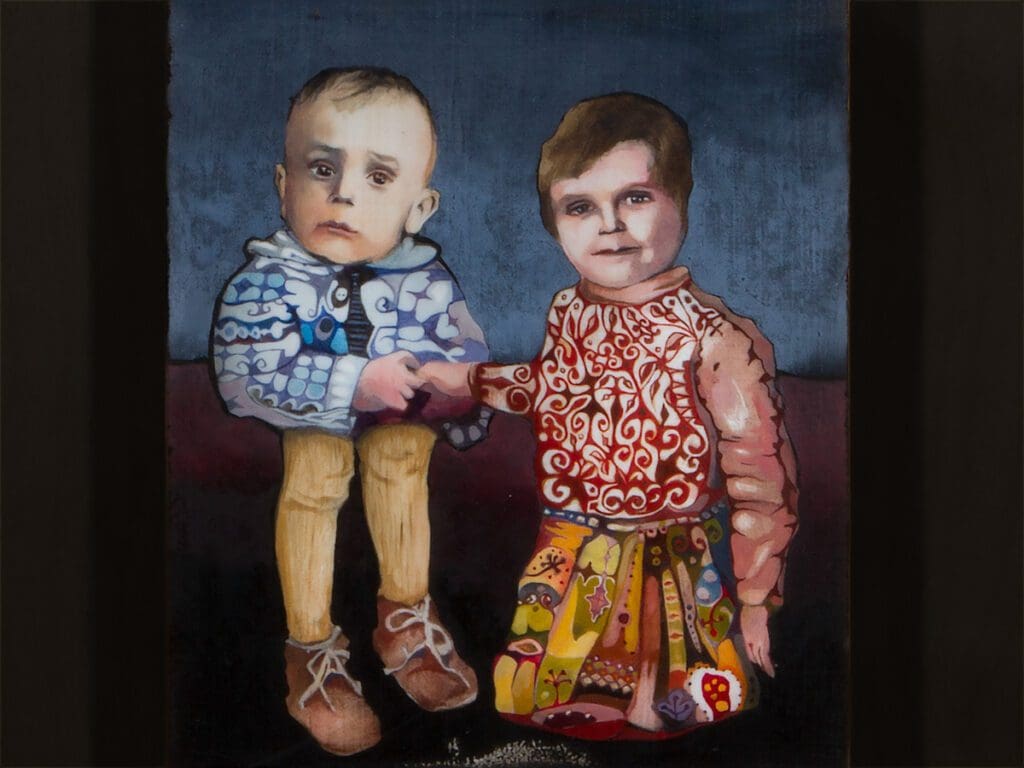
Love Long Lost
An oil painting on wood by Milo Dlouhy. A portrait of a boy and a girl holding hands in a dreary landscape.
Rare opportunity. Original for sale.
Related Articles

Small Man Chapter 1. The Gallery of the Unseen
Every step was a natural progression toward what was rightfully mine, a destiny woven by my undeniable prowess.

Encountering the Divine: The Artwork as a Burning Bush
Encounter with art as a transformative journey into the unknown & divine.
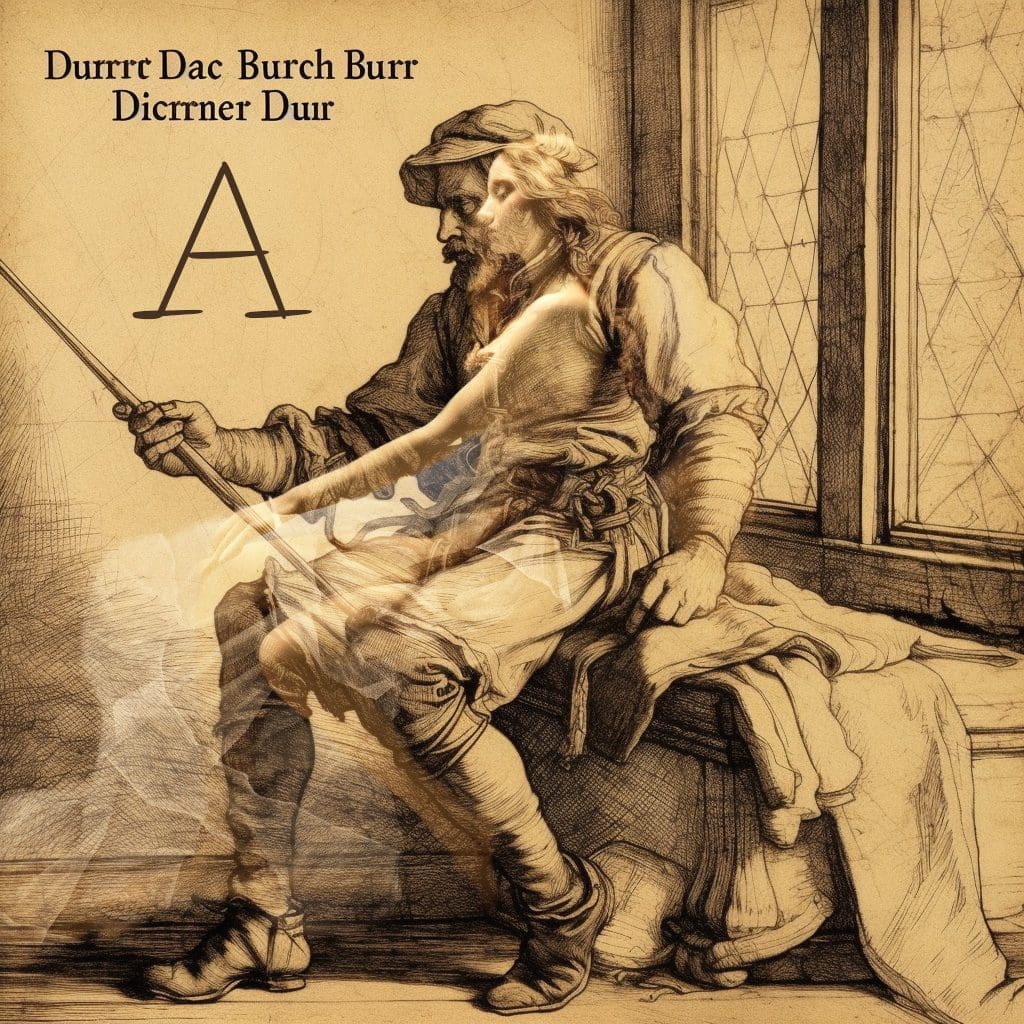
Anima and Animus Archetypes: A Catalyst for Artistic Eccentricity
Interactions with the opposite gender to achieving a balanced self-understanding and a descent drawing.


